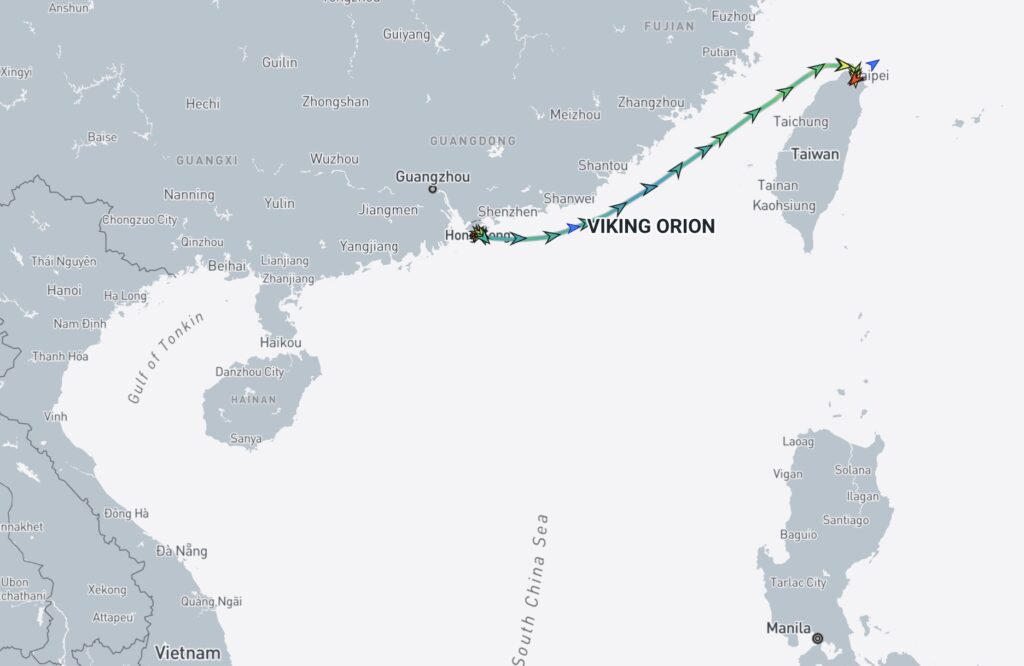
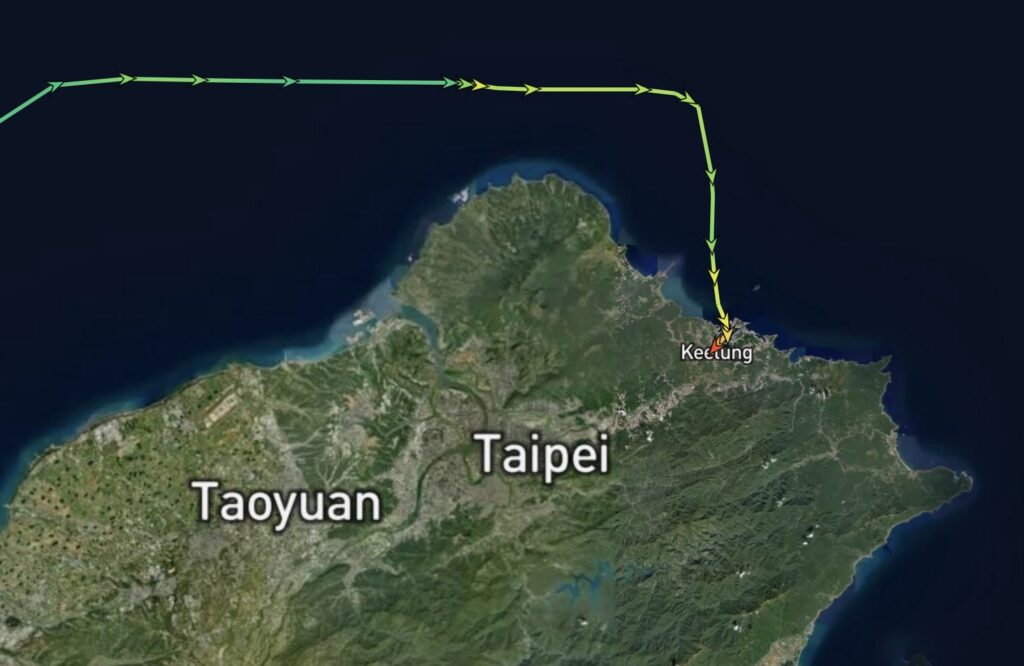
Noon Report:
- Location: N 25° 08.15′, E 121° 44.54′
- Speed: Docked
- Course: Docked
- Weather: Hazy
- Temperature: 23º C; 74º F
- Wind: NW 10 knots; 11 mph
- Sea: Calm
We awoke this morning as we were pulling into the harbor at Keelung (the port for Taipei)
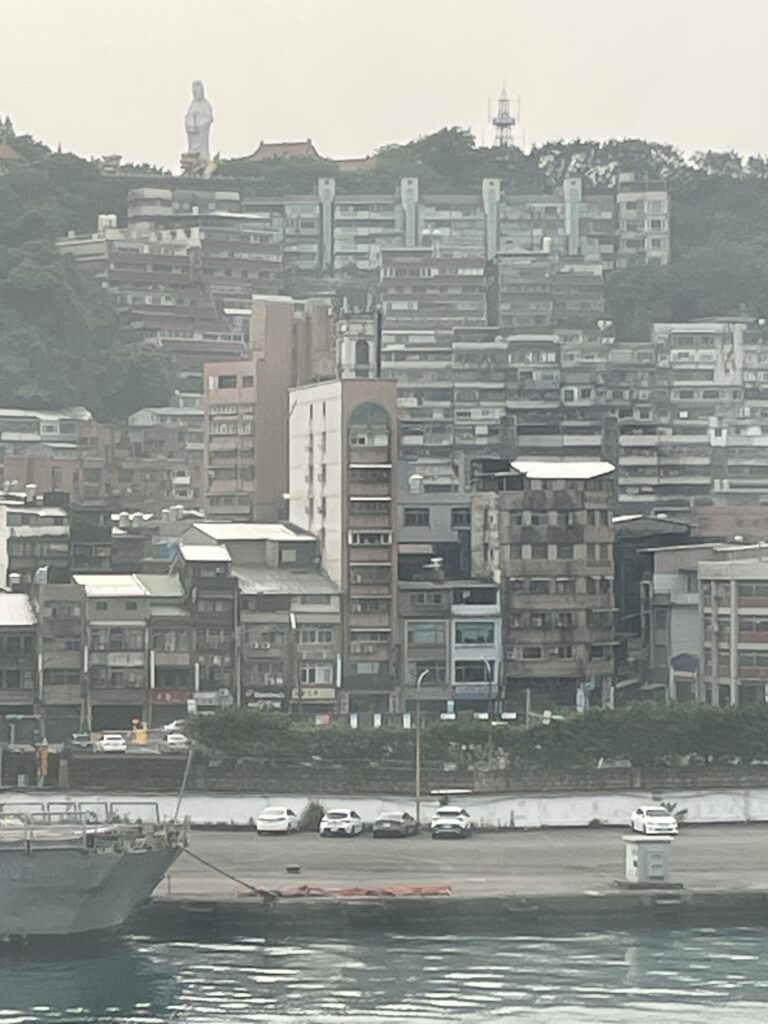
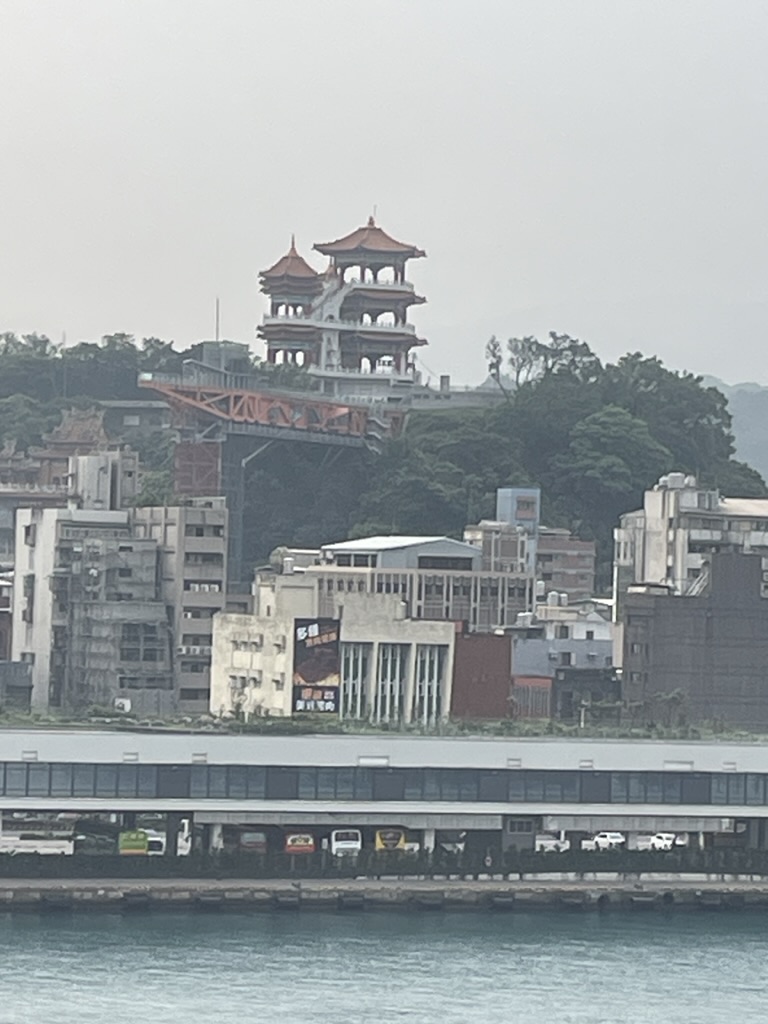
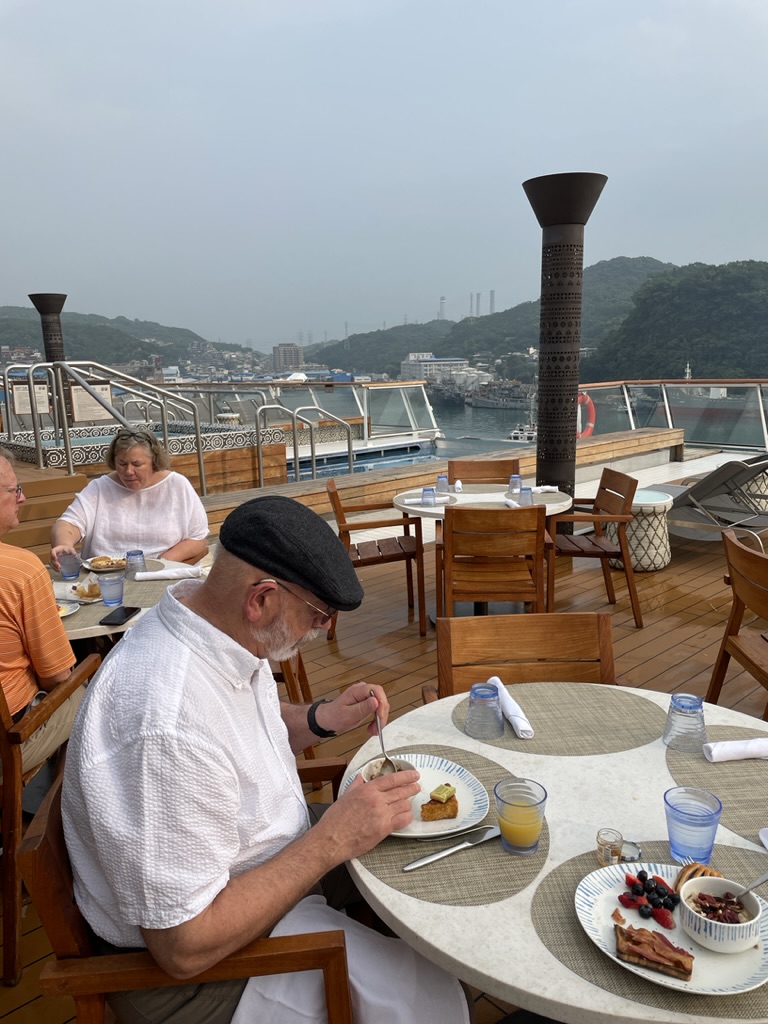
INTO TOWN
We boarded our bus and began our 45 minute ride into Taipei.
As we have seen in other Asian countries, the bus was extensively decorated. But the air conditioning worked so we were happy.
Immediately on leaving the dock area we saw a severely damaged building being worked on. We assumed that this was an example of damage from the recent earthquake on the southeast part of the island (We were in the extreme north.). However, we saw no other evidence of destruction, even in old and somewhat dilapidated buildings so I think we are safe to assume that the quake had minimal impact this far north.
POLICE/FIRE STATION
Driving past the central police/Fire station we noticed a stunning sculpture of a phoenix.
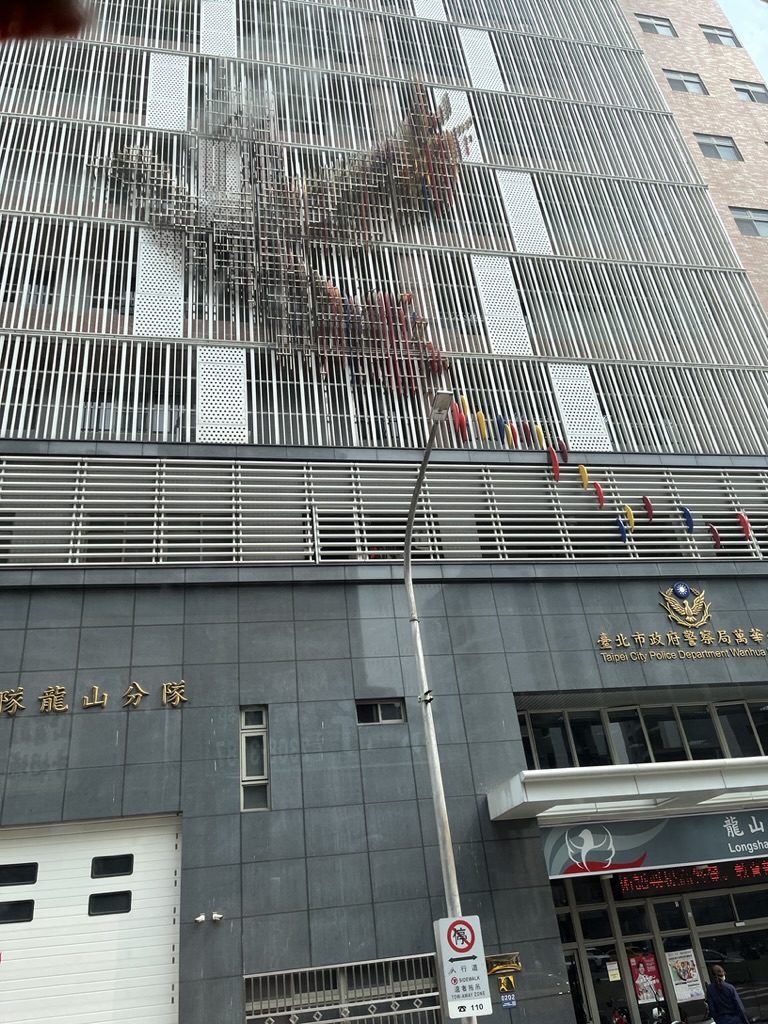
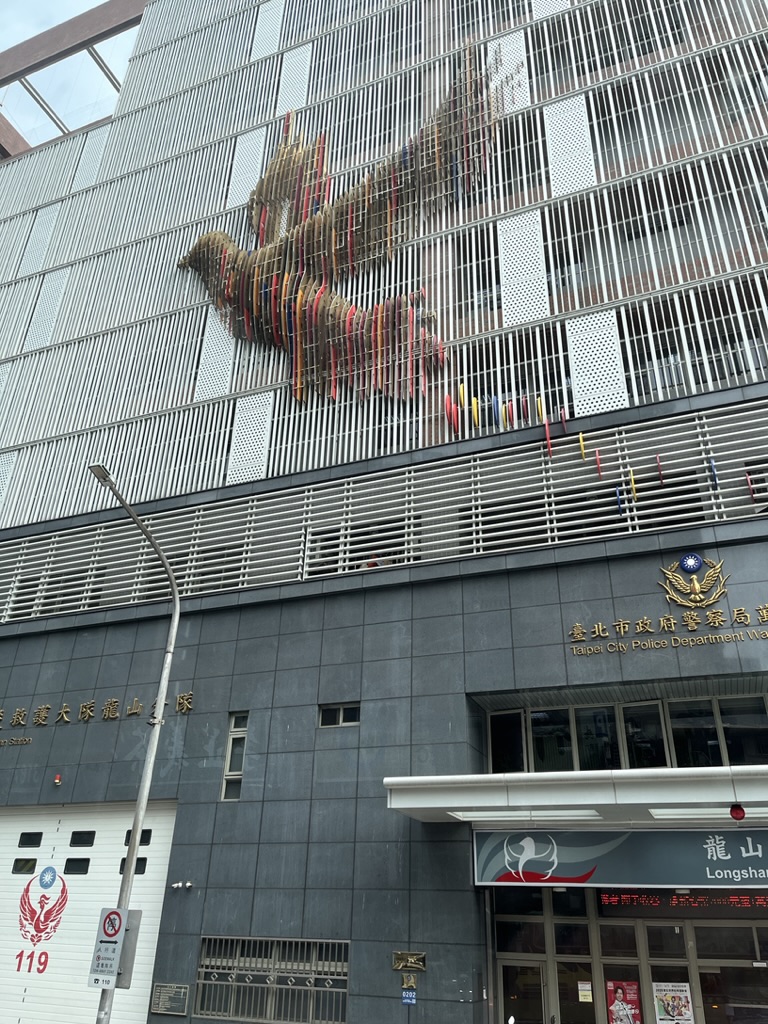
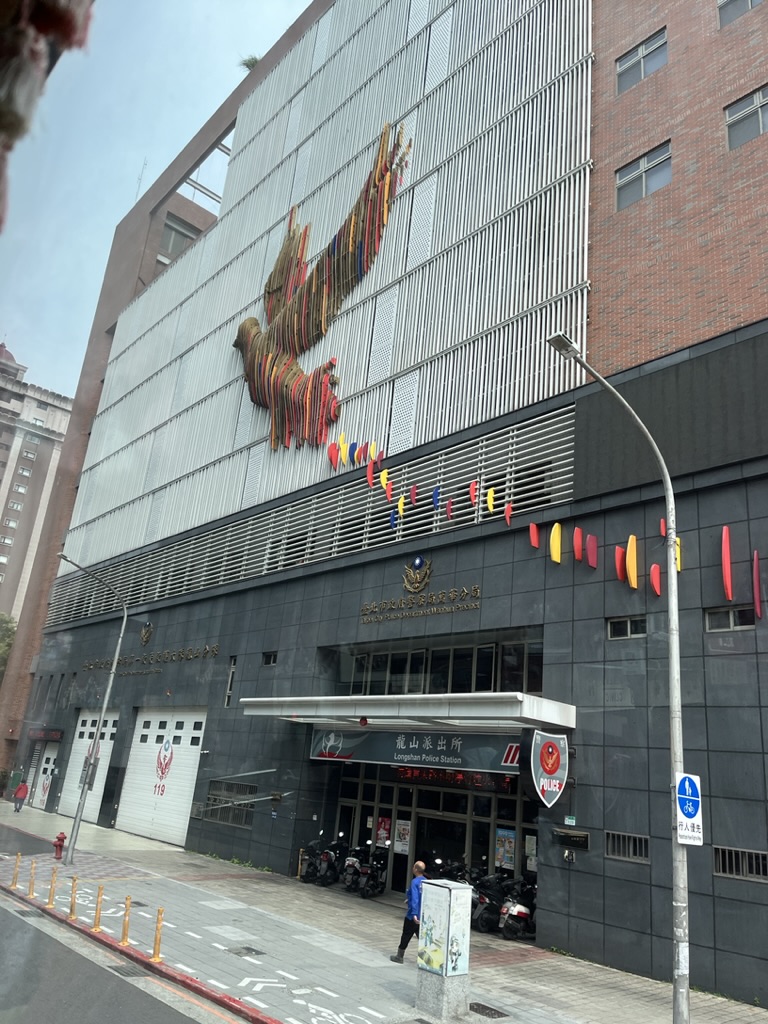
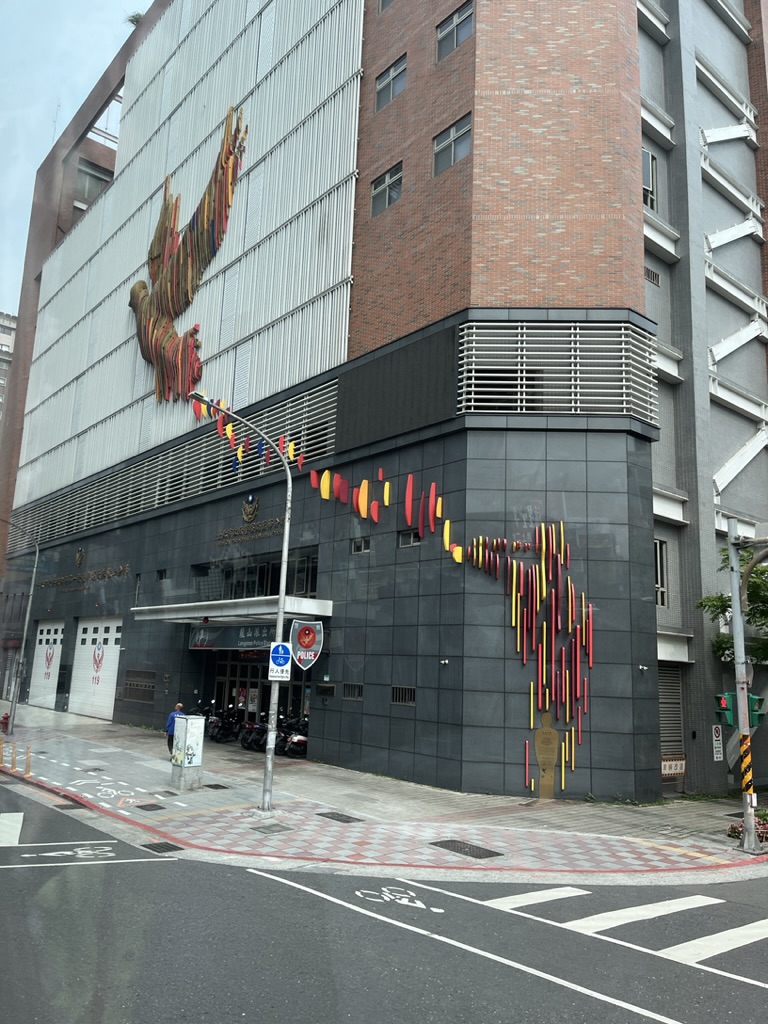
LUNGSHAN TEMPLE
Our first stop was at the oldest temple in the city, first completed in 1738. Like many temples in Chinese and Japanese culture, worshippers use the temple to venerate both the Buddha and Taoist deities. This is a very busy temple with tourists mingling among worshipers. Those coming to worship follow a prescribed path of obeisance which may include the dropping of two wedge-shaped pieces of wood. The way the wood lands determines the answer to a question or request. An additional activity would include pulling a stick at random from a bucket of sticks. The number on the stick will indicate which drawer will contain a poem or verse in response to a question or petition. The temple was full of flowers from people who’s wishes and prayers had been answered.
CHIANG KAI-SHEK MEMORIAL
Our next stop was the Chiang Kai-shek Memorial and Freedom Plaza. Erected beginning in 1976 and officially opened on April 5, 1980 (the fifth anniversary of the leader’s death) the complex includes a ceremonial gate, a memorial at the other end of a plaza and buildings on the left and right of the plaza housing the National Theatre and the National Concert Hall. Our guide gave a great discussion of the complex history of Chiang Kai-shek and his leadership in Taiwan.
We were given a few minutes to take some photos at the site and then moved on quickly to arrive at our next location on time.
CHANGING OF THE GUARD AT THE MARTYRS’ SHRINE
The Martyr’s Shrine is a hall dedicated to all Taiwanese soldiers who have lost their lives in service to their country.
We arrived in time to watch the formal Changing of the Guard ceremony.
LUNCH
Lunch (included in the excursion) was a buffet at the Grand Hotel, an impressive 285 feet high, this building is one of the tallest Chinese classical buildings. It was commissioned in 1952 by Chiang Kai-shek to provide a showpiece to house visiting diplomats and to demonstrate that the PROC (People’s Republic of China) was different from the communist ROC (Republic of China). With over 500 rooms, it was completed in 1973 and though it is no longer the tallest building in Taipei it is still an impressive structure. Following lunch we had a bit of time to wander the grounds and pose for photos.
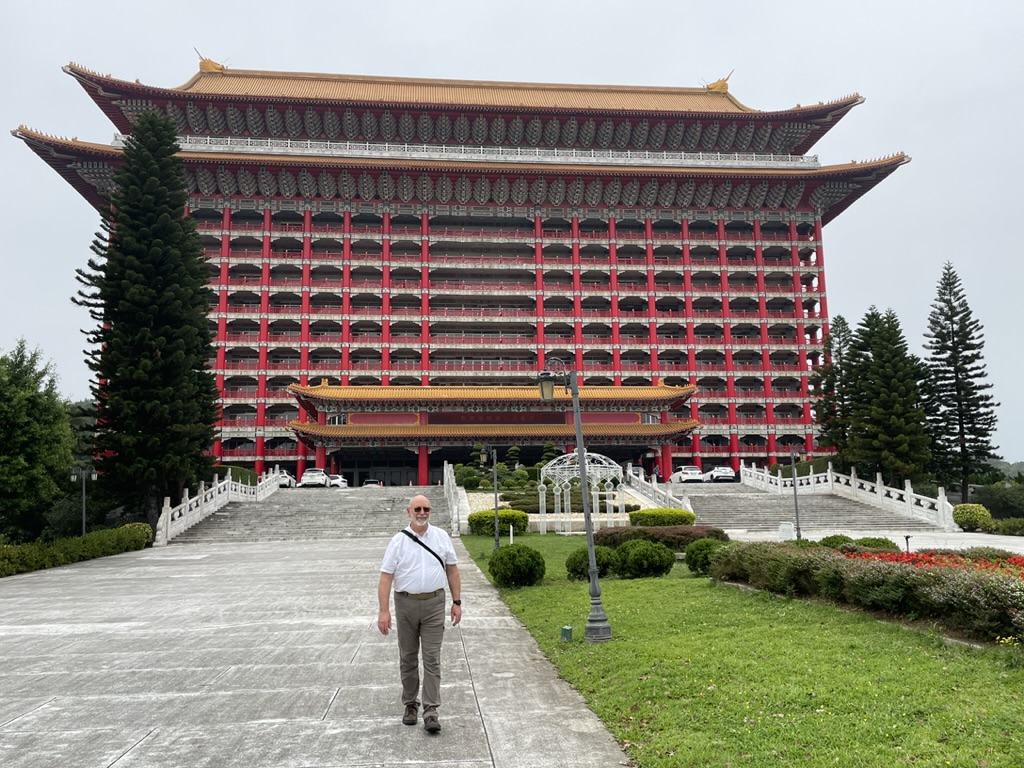
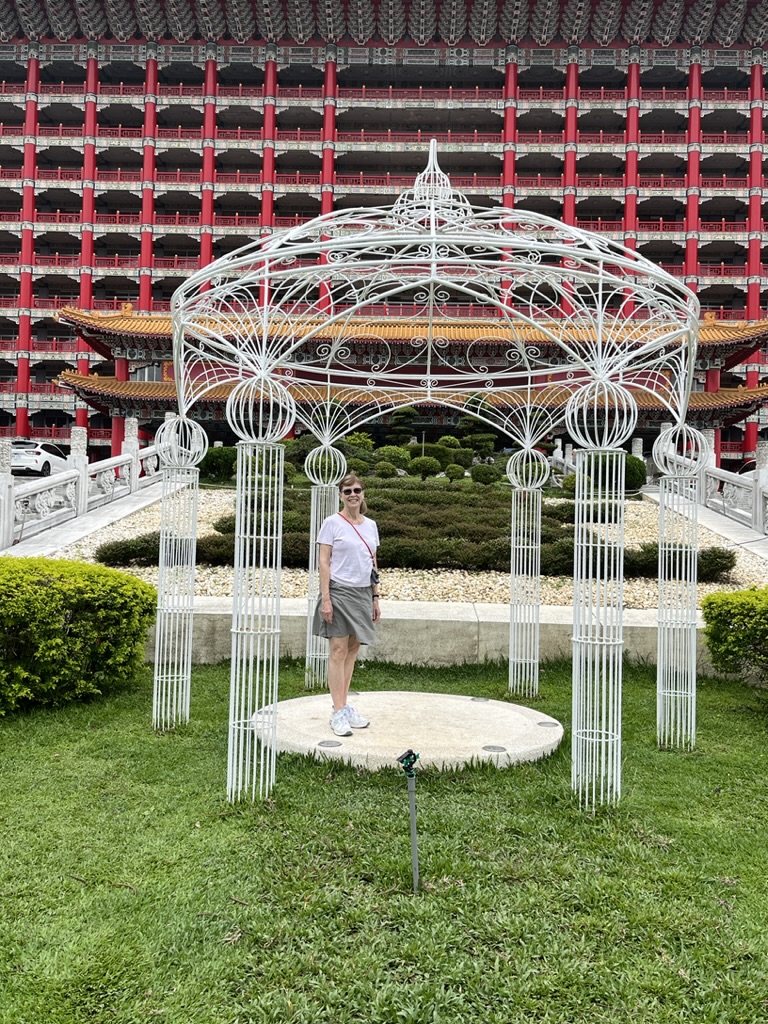
NATIONAL PALACE MUSEUM
Our last stop was the National Palace Museum, a grand collection of over 700,000 items from the Forbidden City in China brought by Chiang Kai-shek when he retreated to the island. We spent just over an hour and generally surveyed the collections. Among them were a collection of Buddhas from various times/dynasties. Here are a few notable items.
The most amazing thing was an interactive exhibit where you stepped on a floor mark then raised your arms and you could fly into and around the landscape of a painting projected on the wall!
BACK ON BOARD
Following our visit to the museum it was back on the bus and back to the ship. We arrived in time to freshen up and grab a snack and a drink before heading down to the Theatre for a pair of lectures.
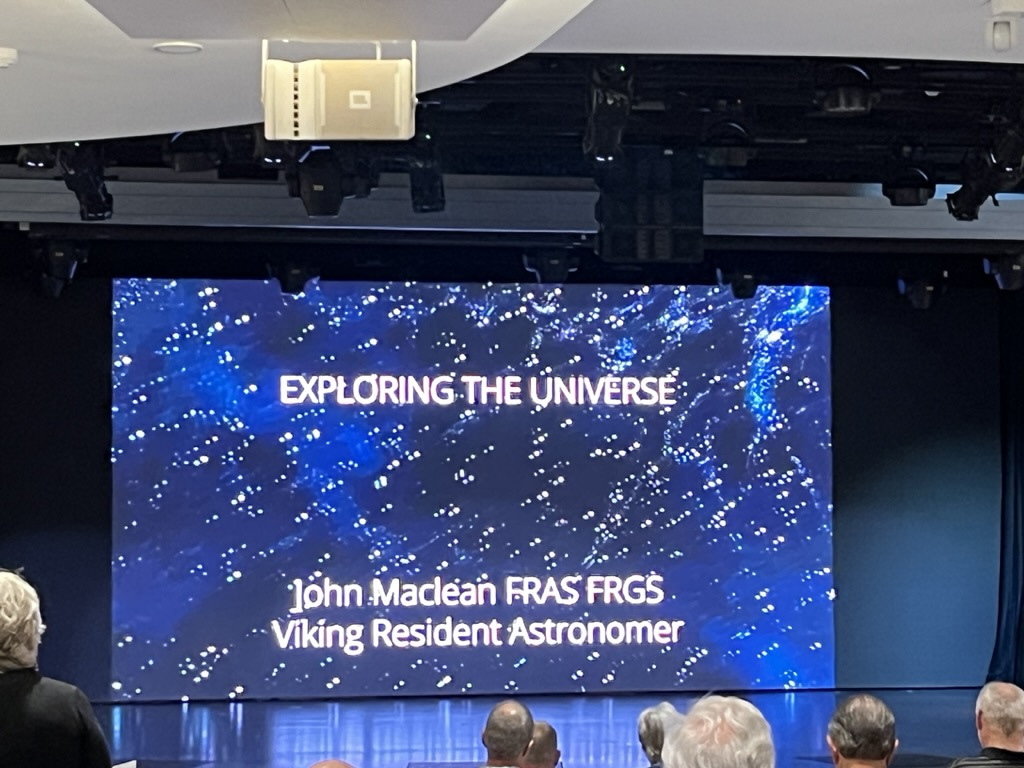
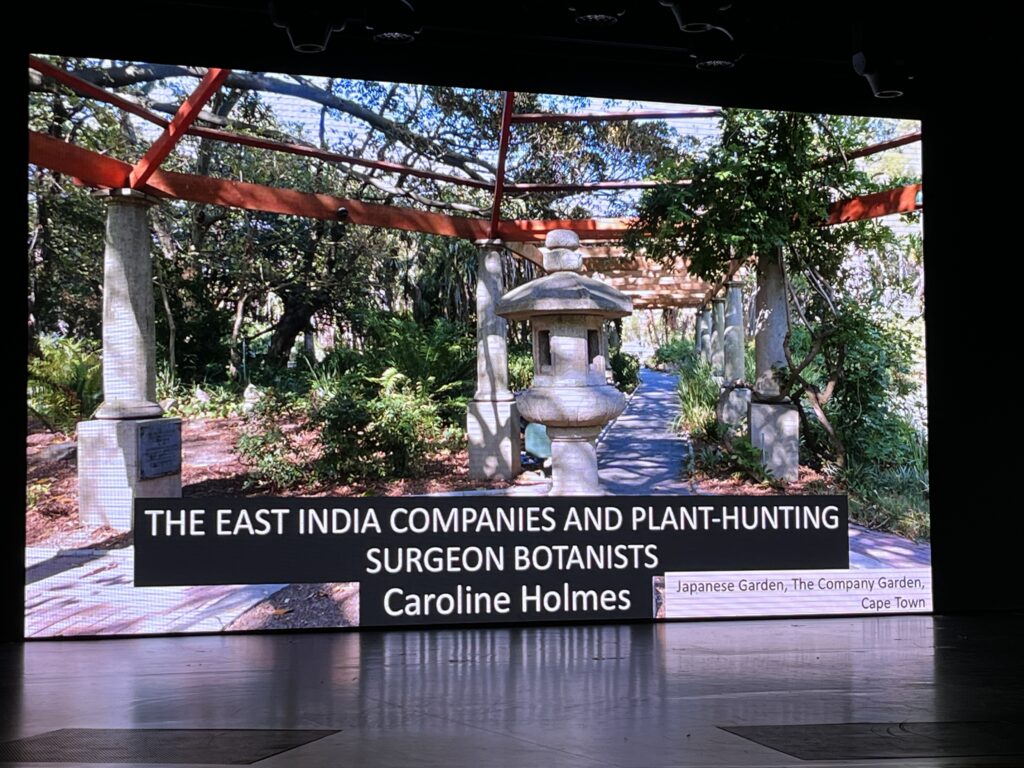
These were followed by dinner and a return to the cabin to finish up Thursday’s Blog (sorry for the delay).
That done we set our clocks ahead one hour – to bring us onto Japan time – and headed for bed.
Tomorrow’s a sea day so our highlighter has been busy.
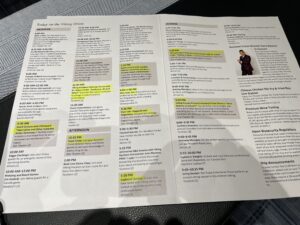
More fun tomorrow!
Till then, TTFN
Cheryl’s Factoids:
- In great contrast to SE Asia, all the motorcyclists wear helmets!
- For centuries Taiwan has mined or imported coal for power so all the buildings have a grey cast (or black streaks from rainwater). They are now trying hydropower, offshore wind turbines, and 3 nuclear power plants so that they can be independent of China for energy.
- All men have to spend one year in military service.
- Taiwan is on the fault line of two plates – one of which dives under the cliffs that run along the entire east side of the island, which has given rise to valleys full of sulphur vents, bubbling mud pits, and hot springs where people (and tourists) love to soak. The mountainsides that rise above the roads have cement ribbing and/or chain fences to keep rocks from tumbling onto the cars in case of an earthquake, heavy rain, or tsunami.
- The temple we visited is the oldest on Taiwan, surviving bombing runs both from the Japanese and the Americans.
- We see lots of 7-11 stores all over Hong Kong, Taiwan, and Japan. They not only can exchange currency, they also sell food and clothing!
- HISTORY: Taiwan was originally settled by immigrant Chinese. Then in 1624 the Dutch arrived and named the island Formosa. A popular sales item was fur from the deer here for the samurai warrior’s armor. In 1642 the Chinese government made the Dutch leave then later fought the Japanese over control of the island. Chang Kai-shek grew up in a poor family but went to a military school and became a military leader in the Second Sino-Chinese war. (Seeking raw materials to fuel its growing industries, Japan invaded Korea and the Chinese province of Manchuria in 1931. By 1937 Japan controlled large sections of China and war crimes became commonplace. Japan ruled Taiwan from 1895-1945 until kicked out after the end of WWII.) Chang Kai-shek was the head of the Nationalist government in China from 1928 to 1949 when he started fighting a rear guard action against the Mao’s Communist China supporters. He finally retreated to Taiwan and ruled with an iron fist – such as requiring everyone to learn Mandarin Chinese.
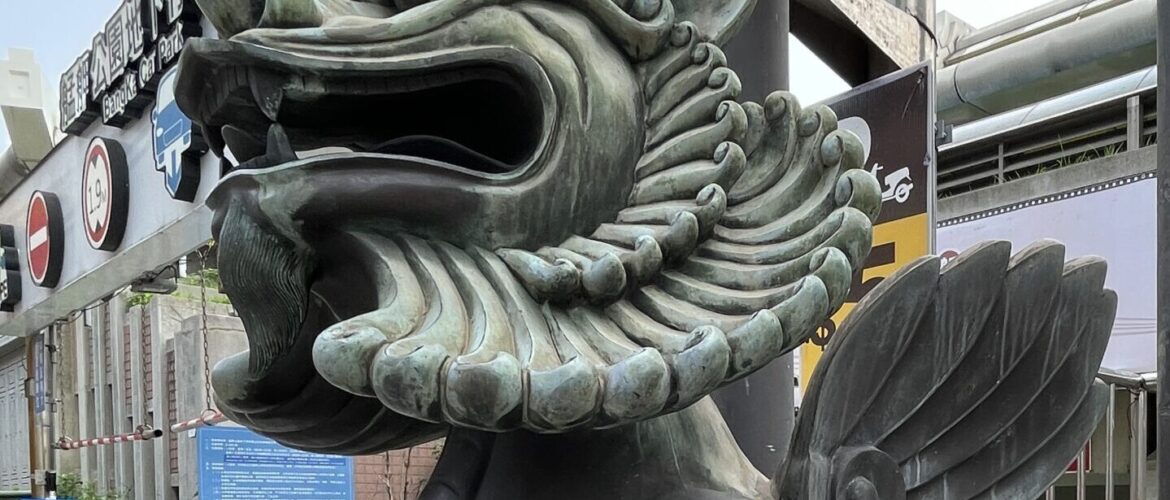
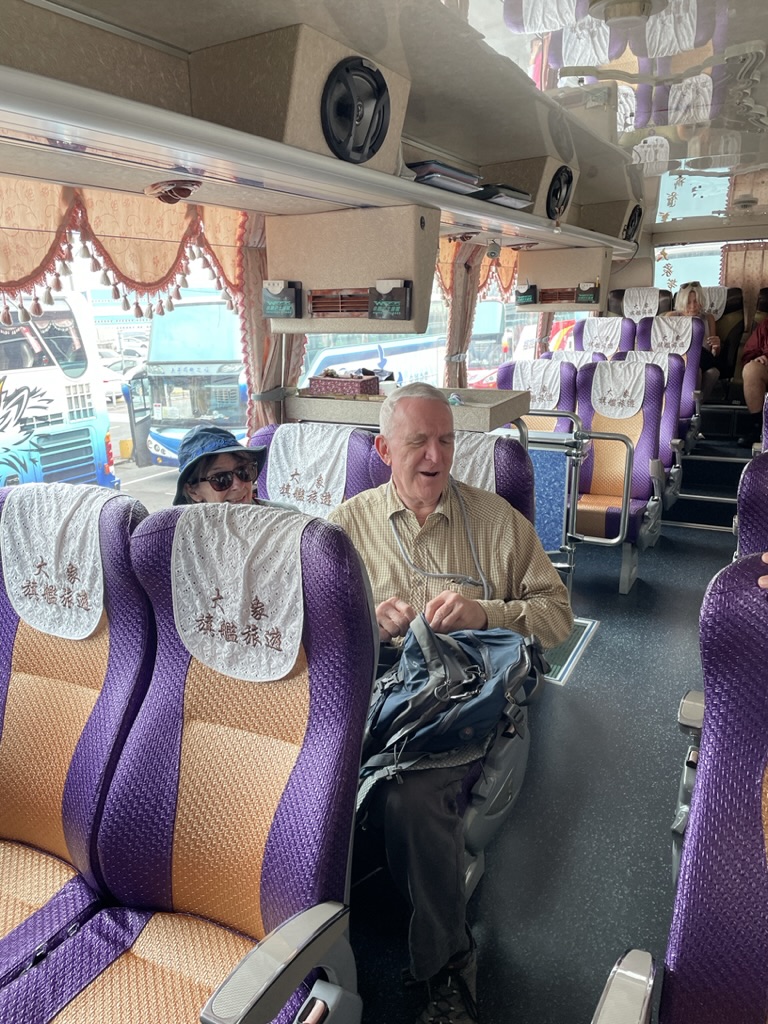
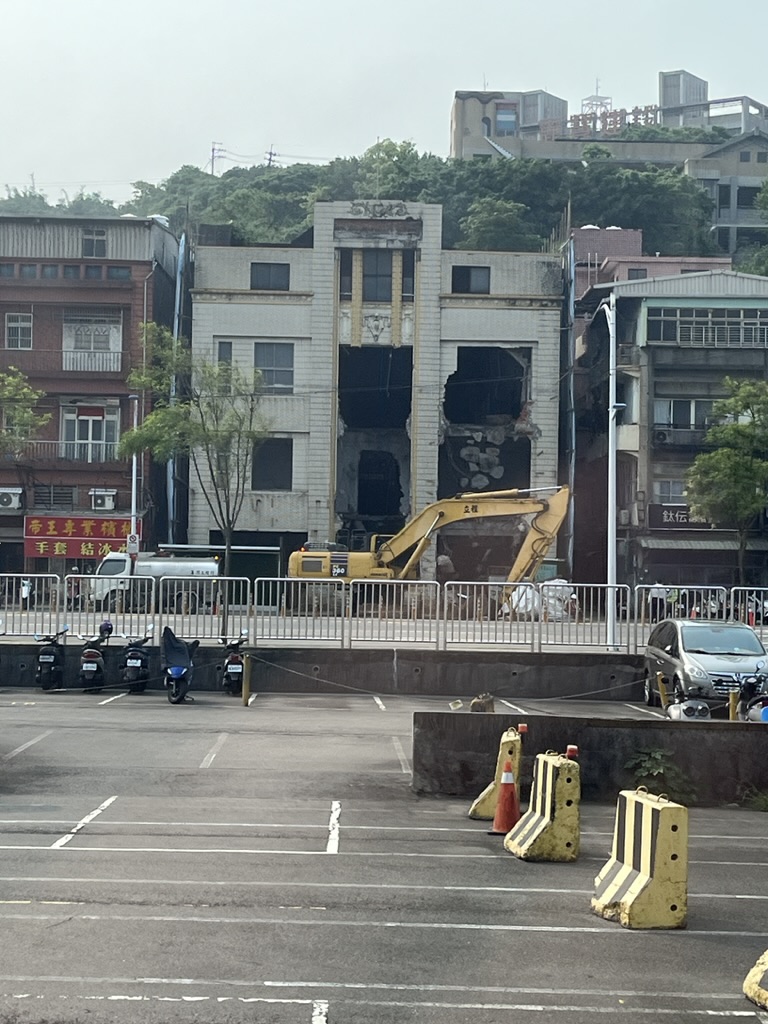
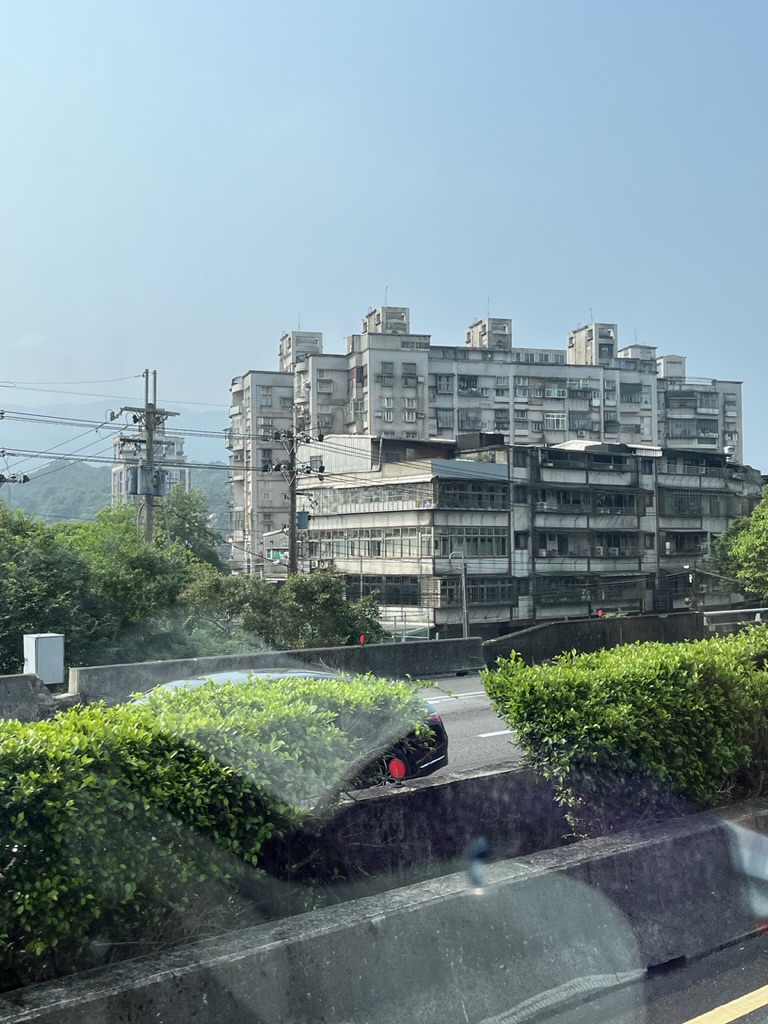
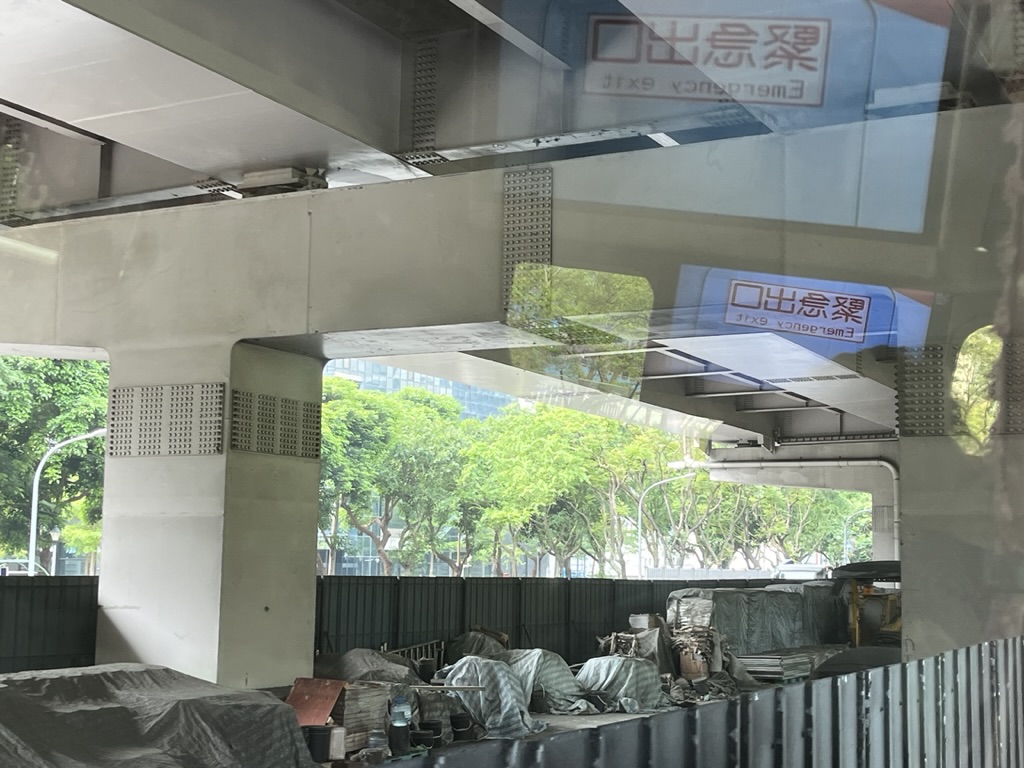
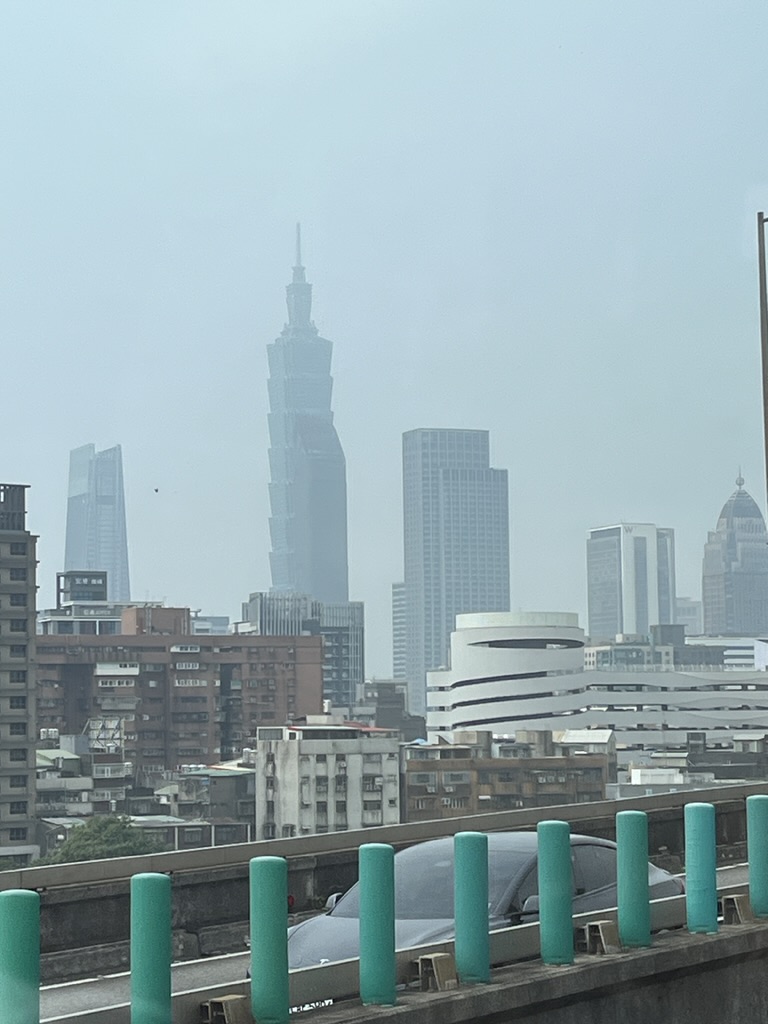
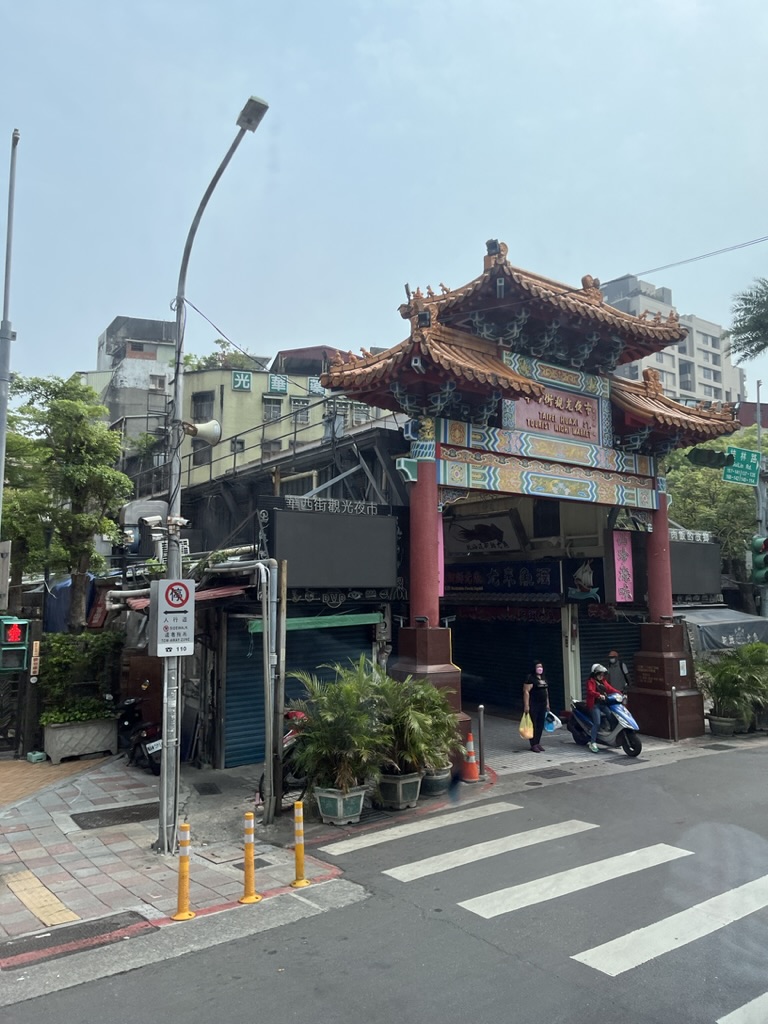
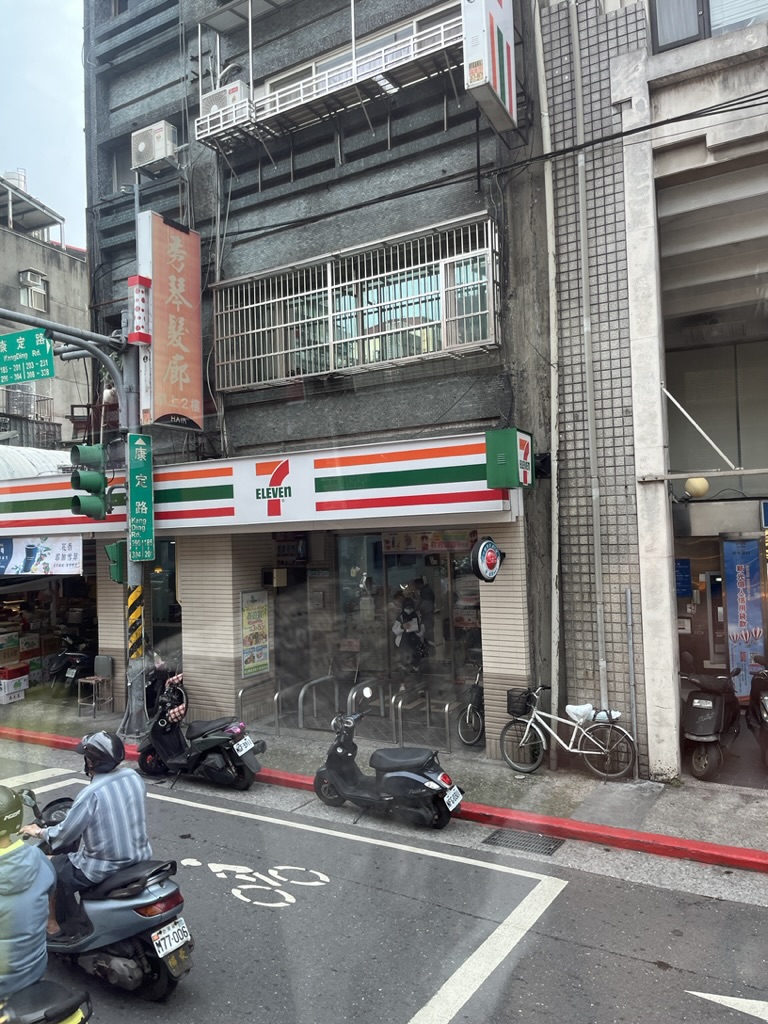
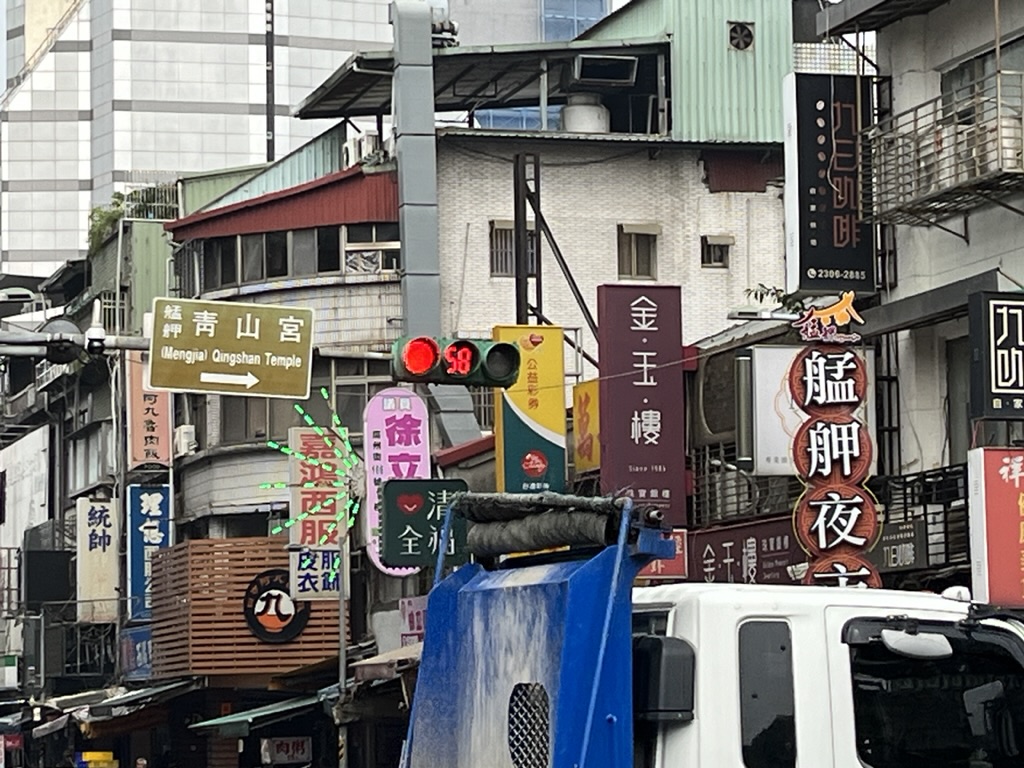
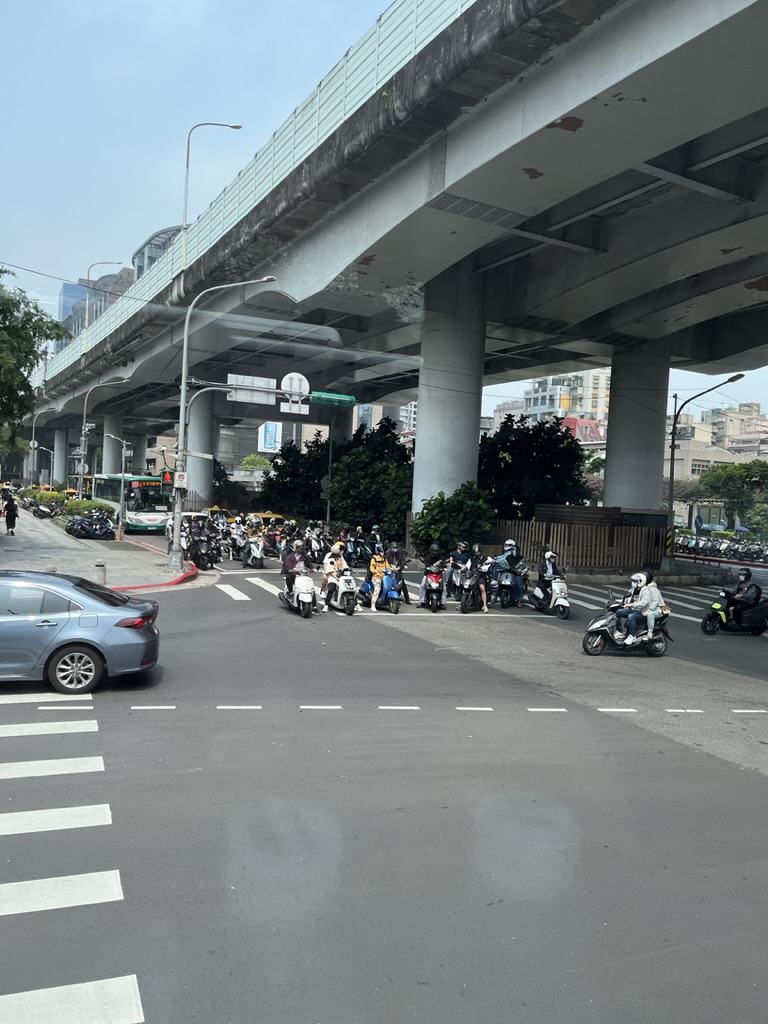
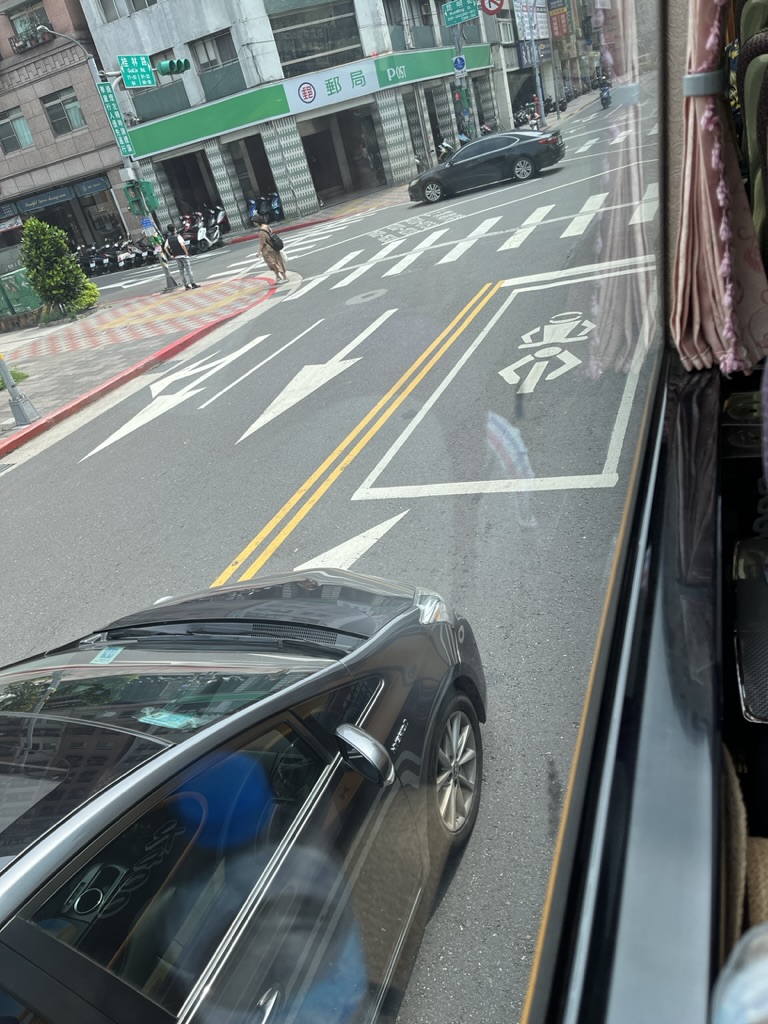
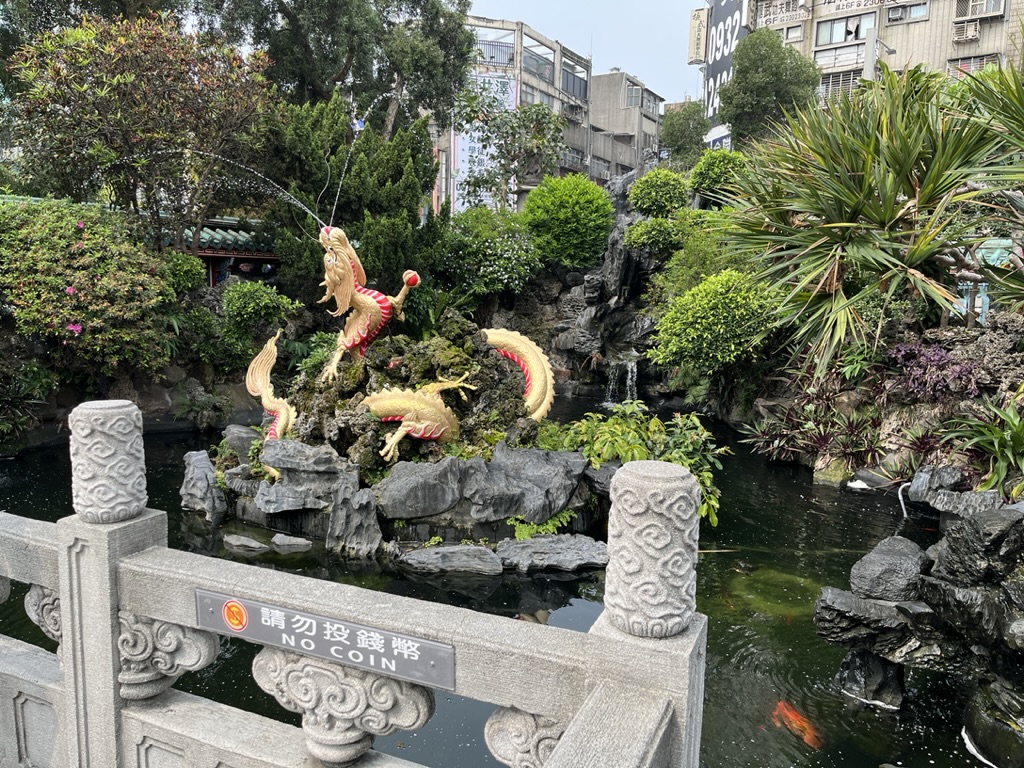
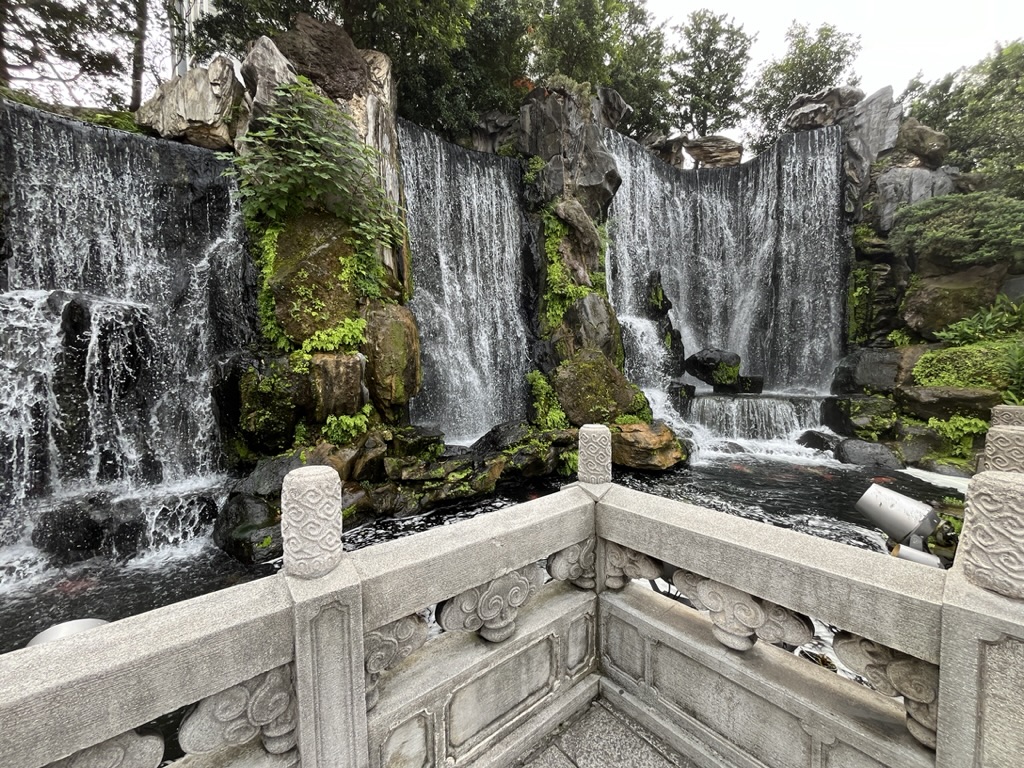
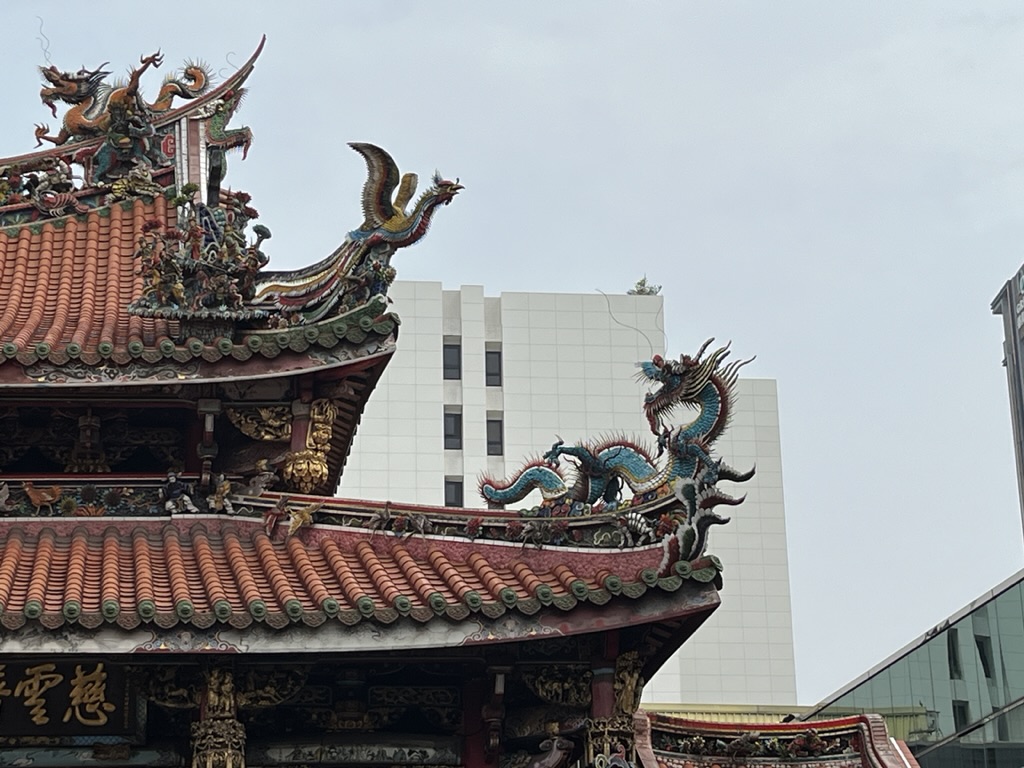
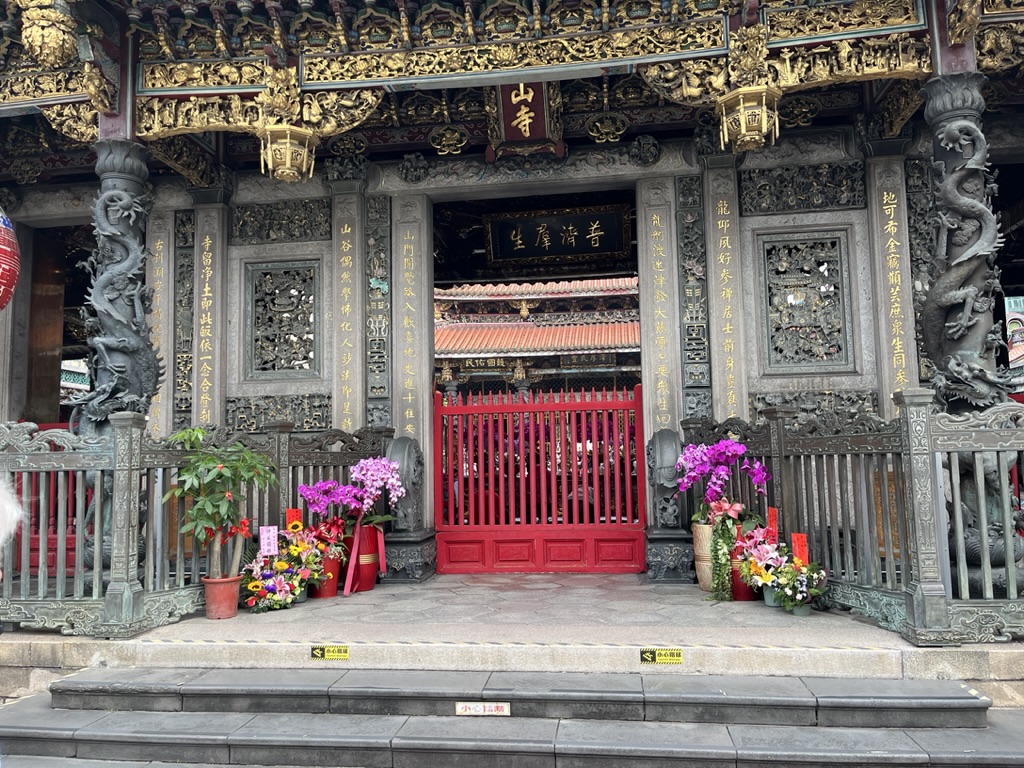
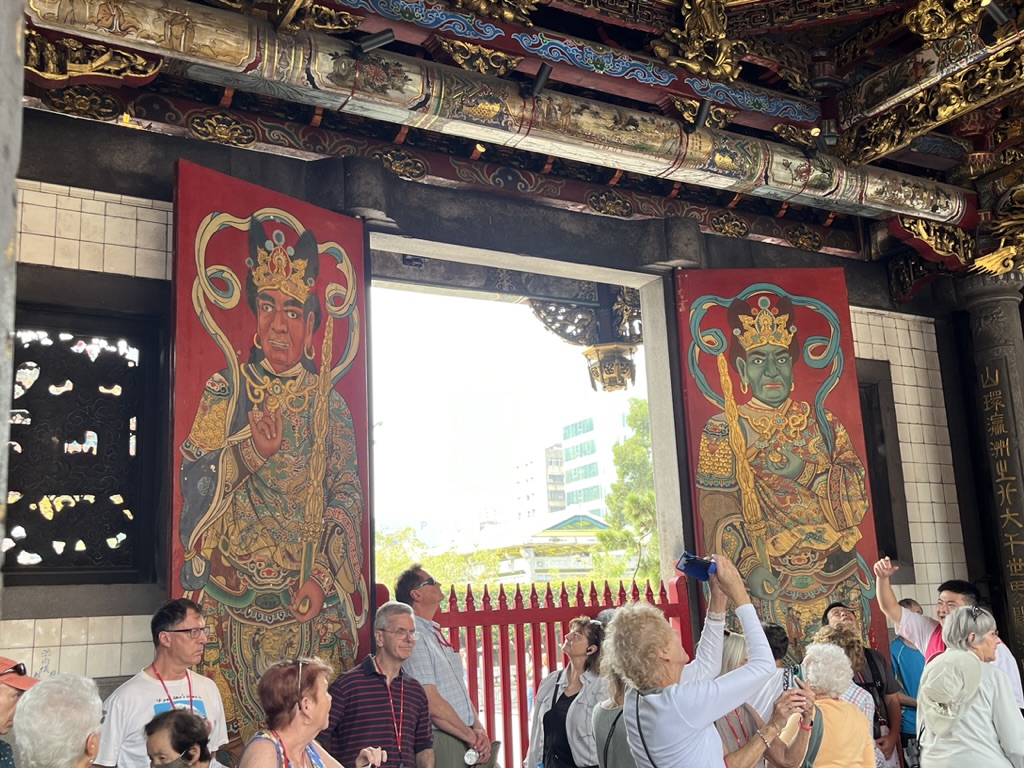
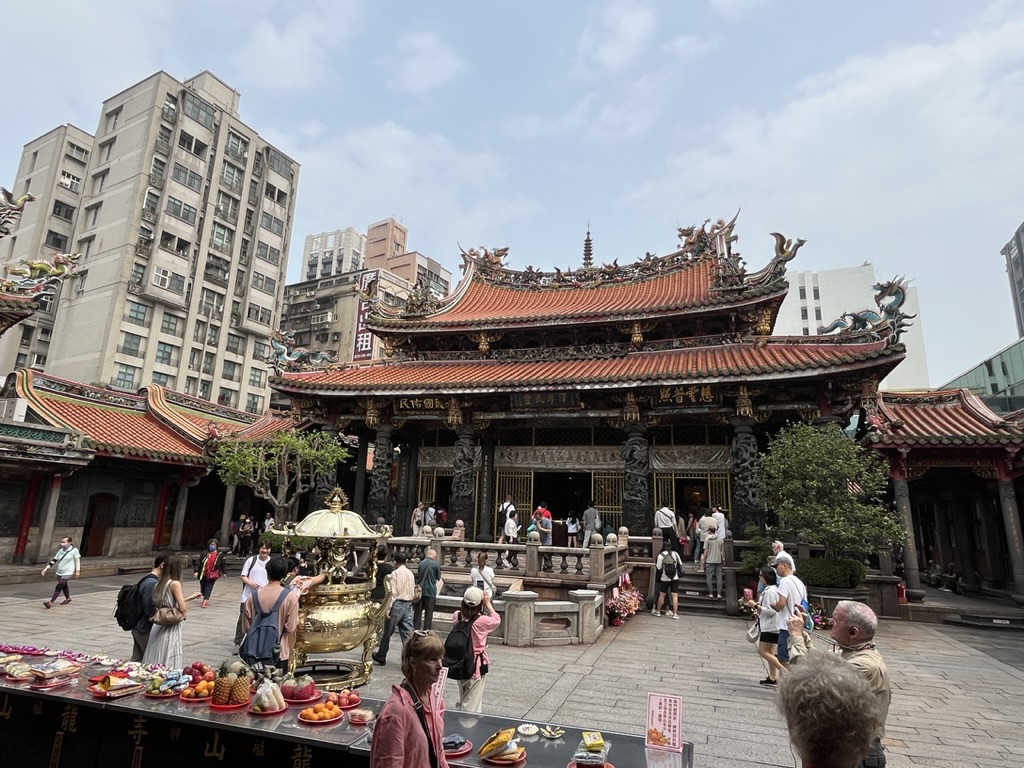
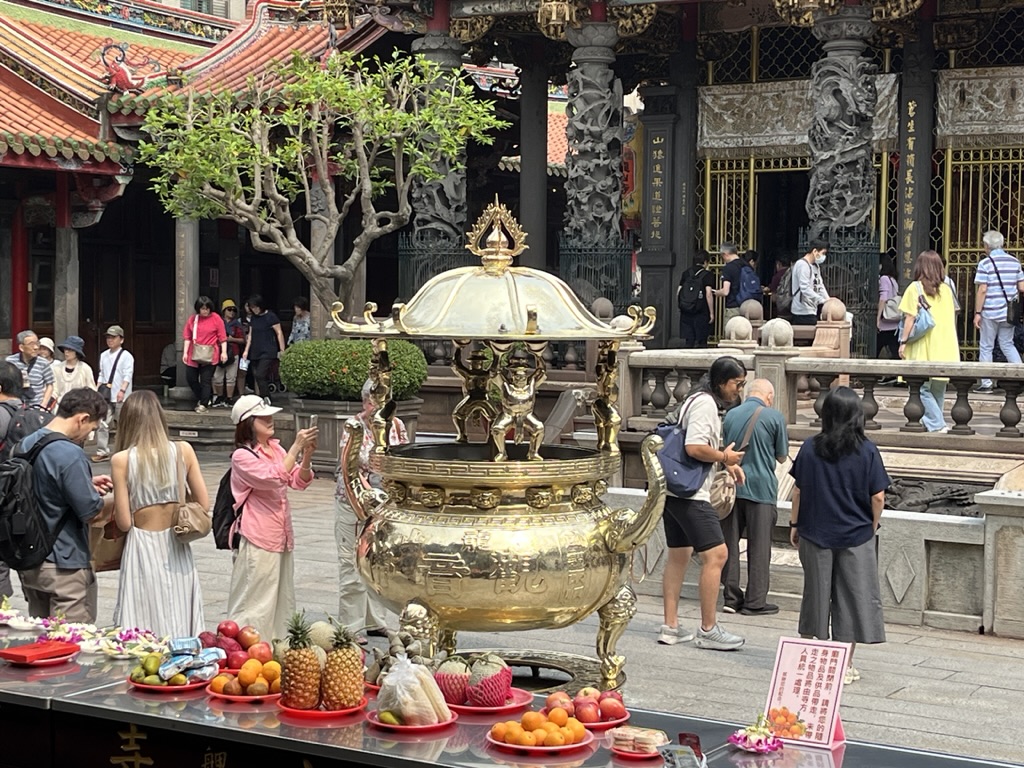
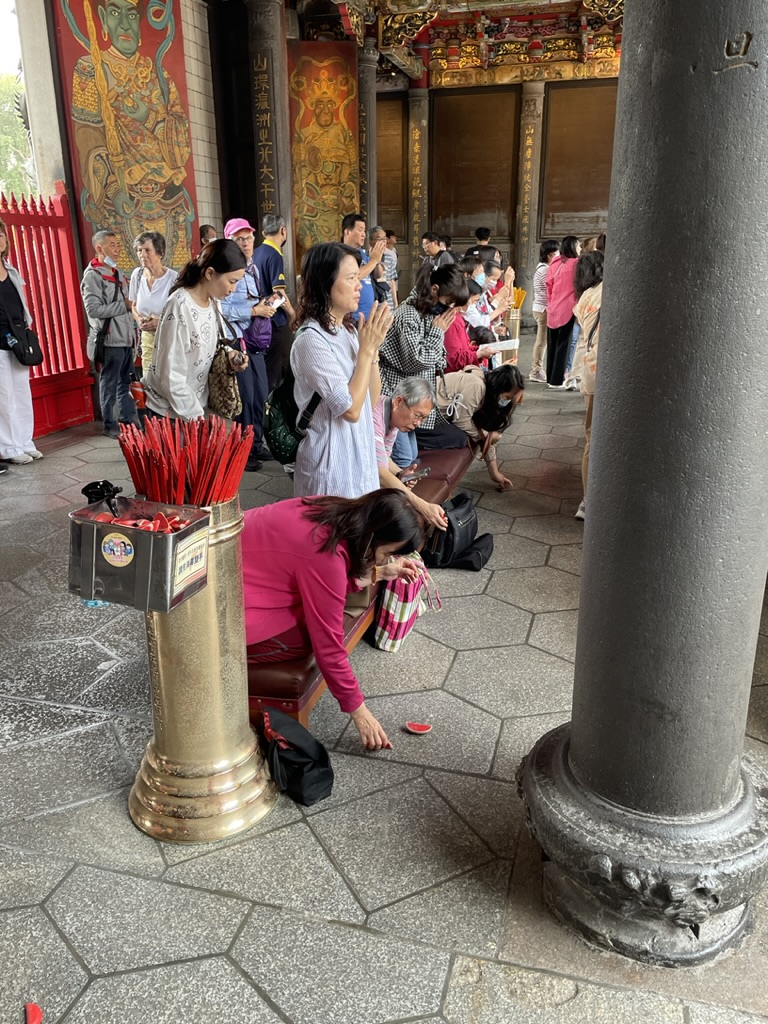
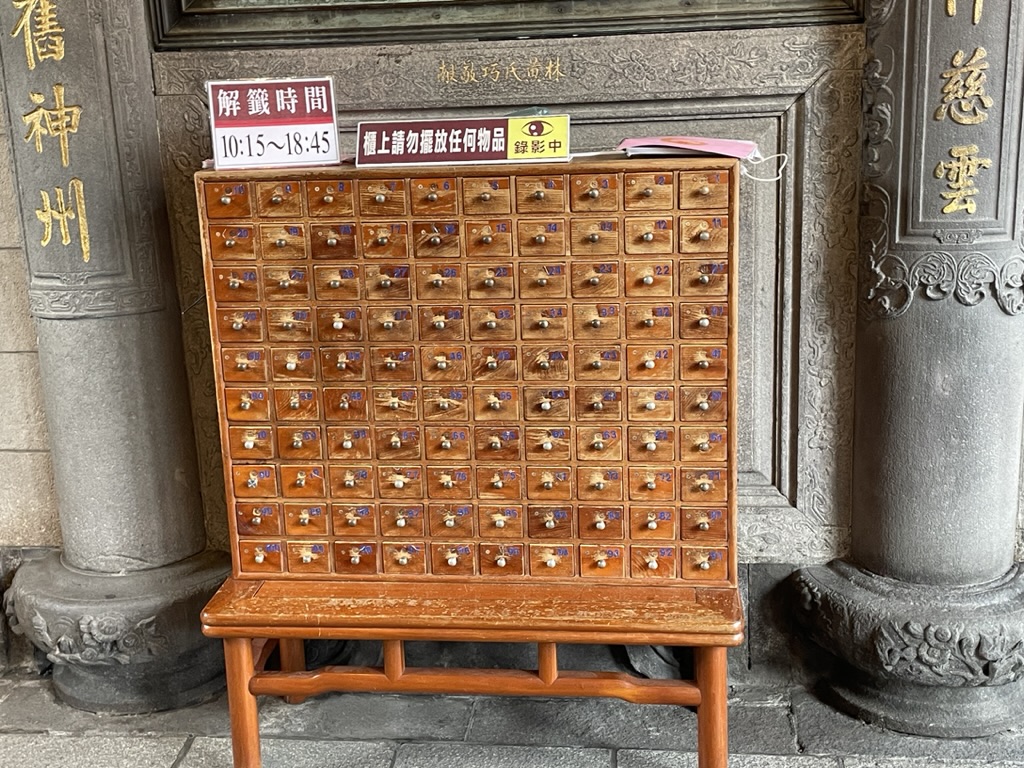
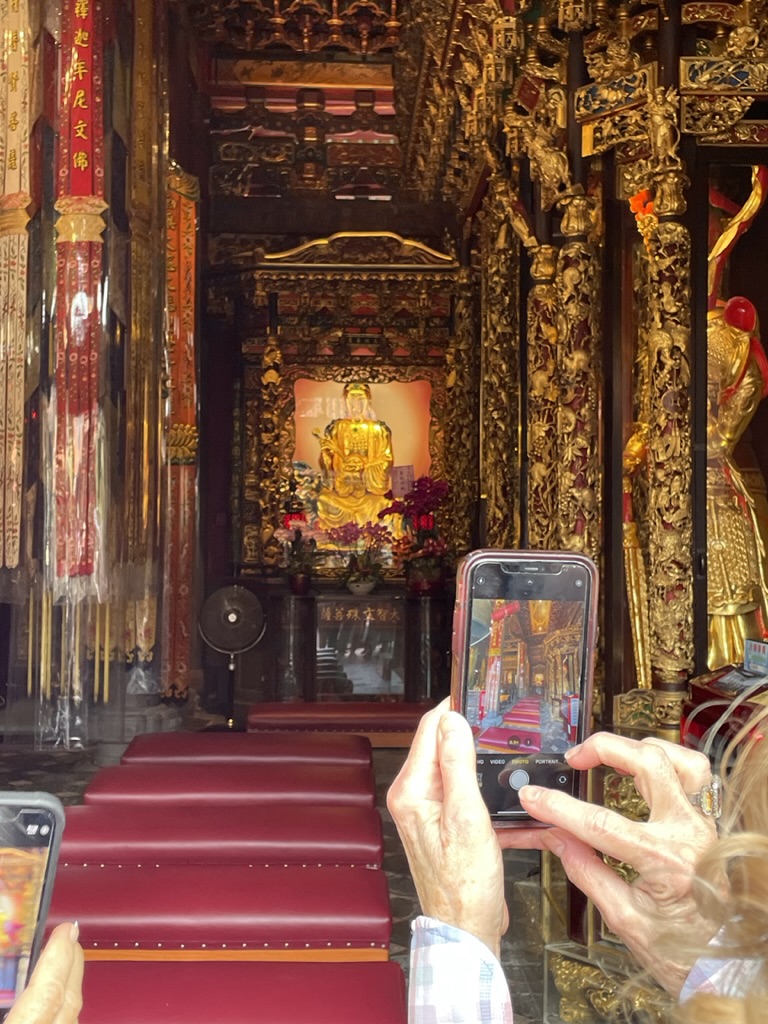
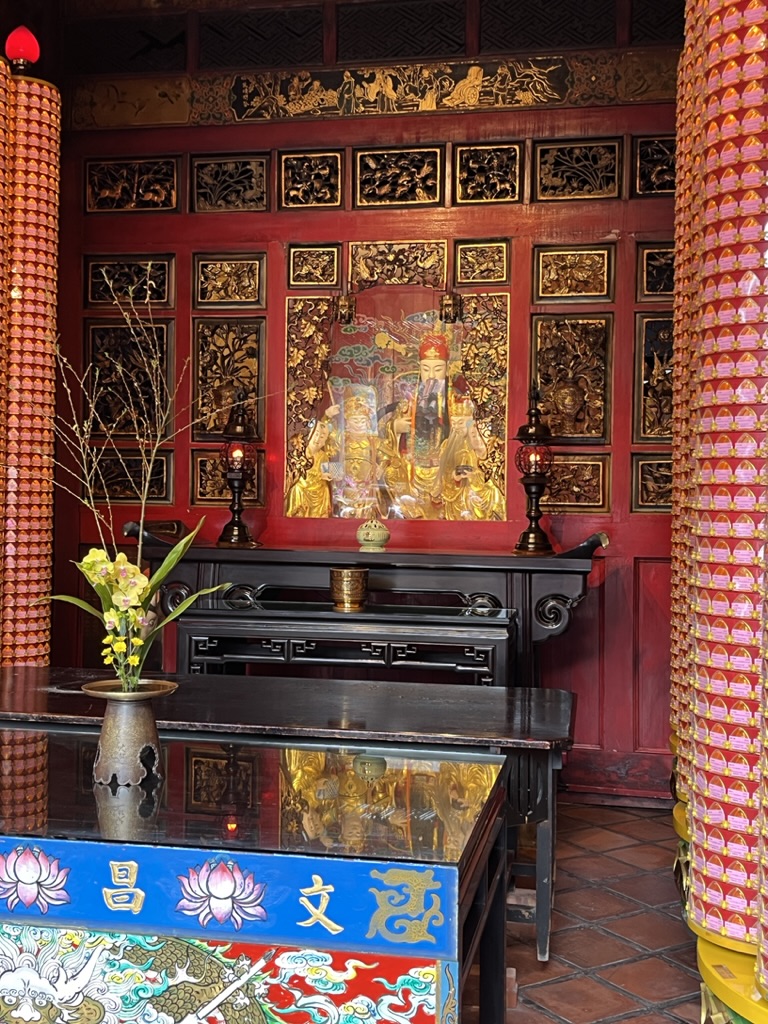
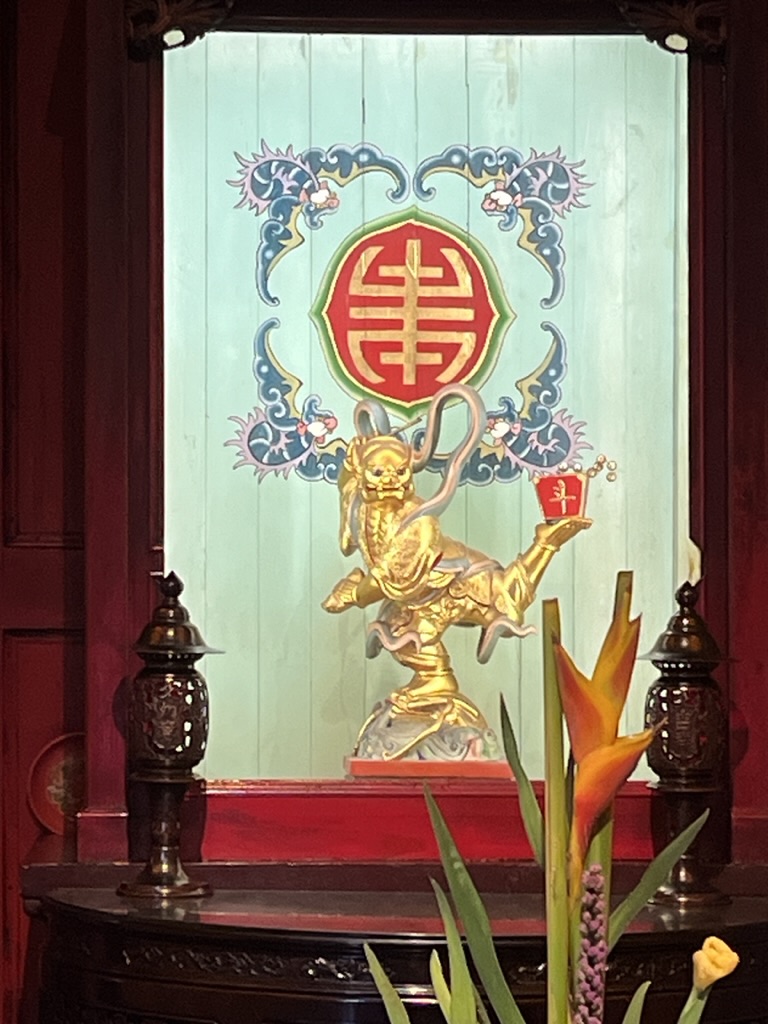
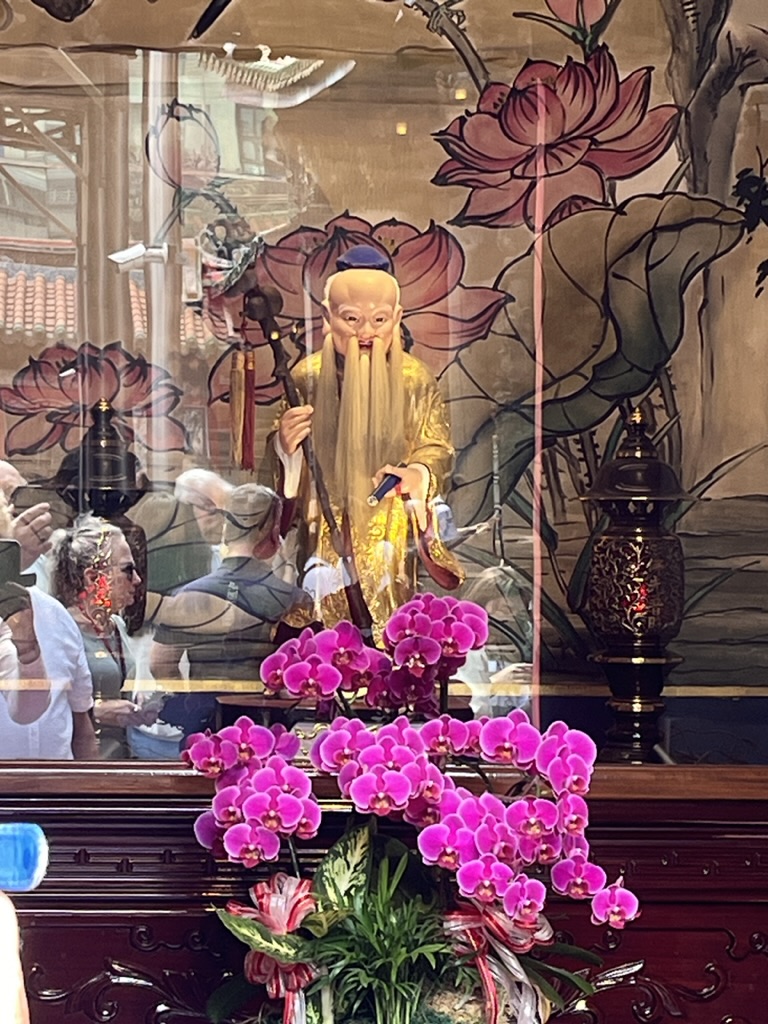
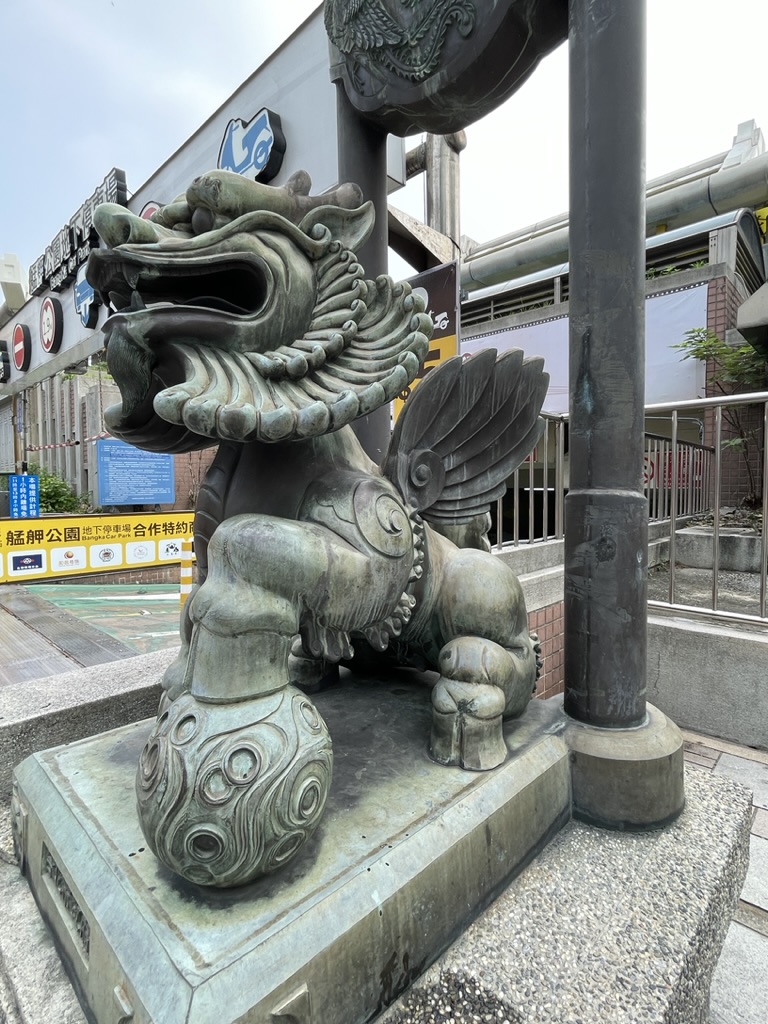
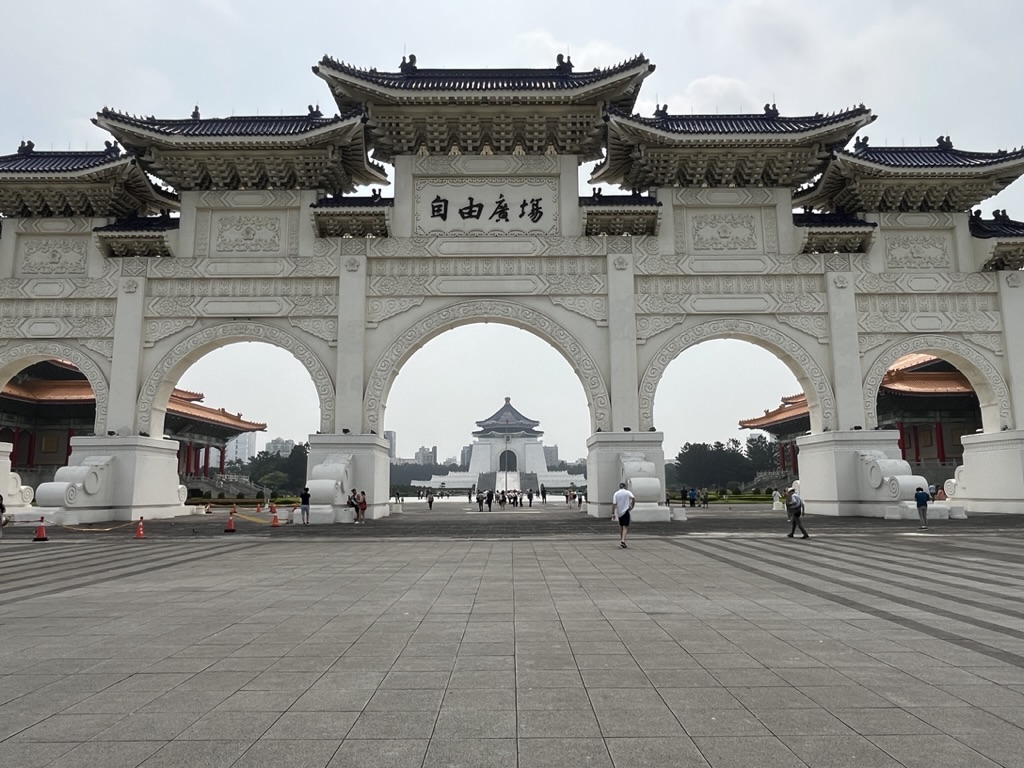
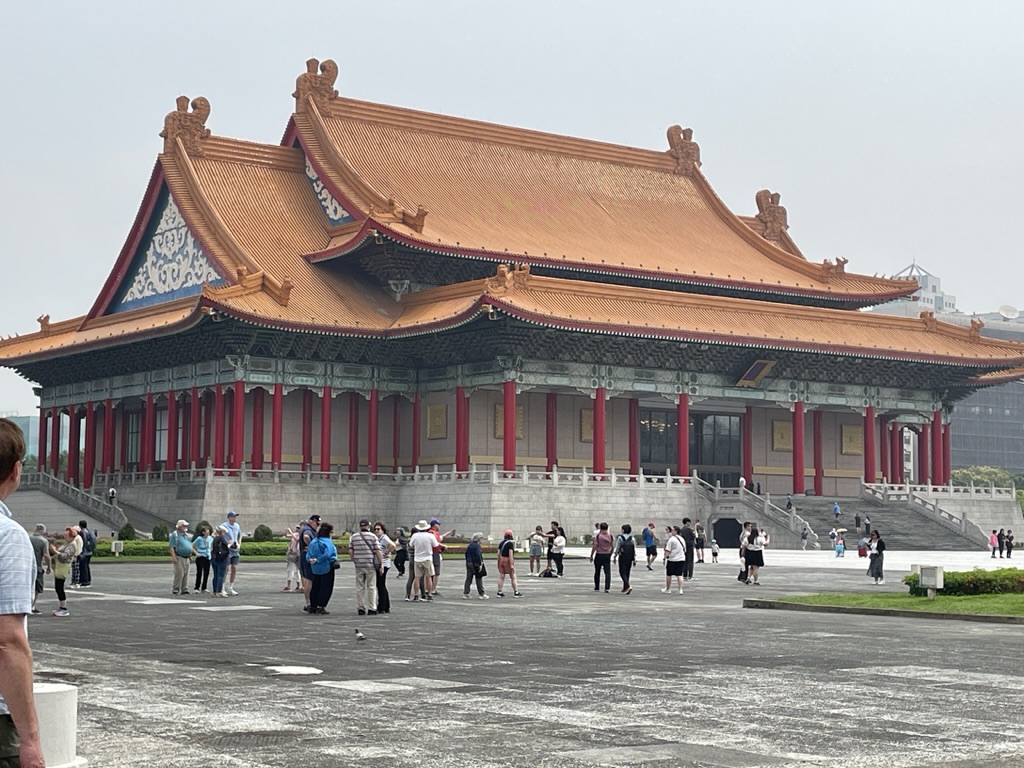
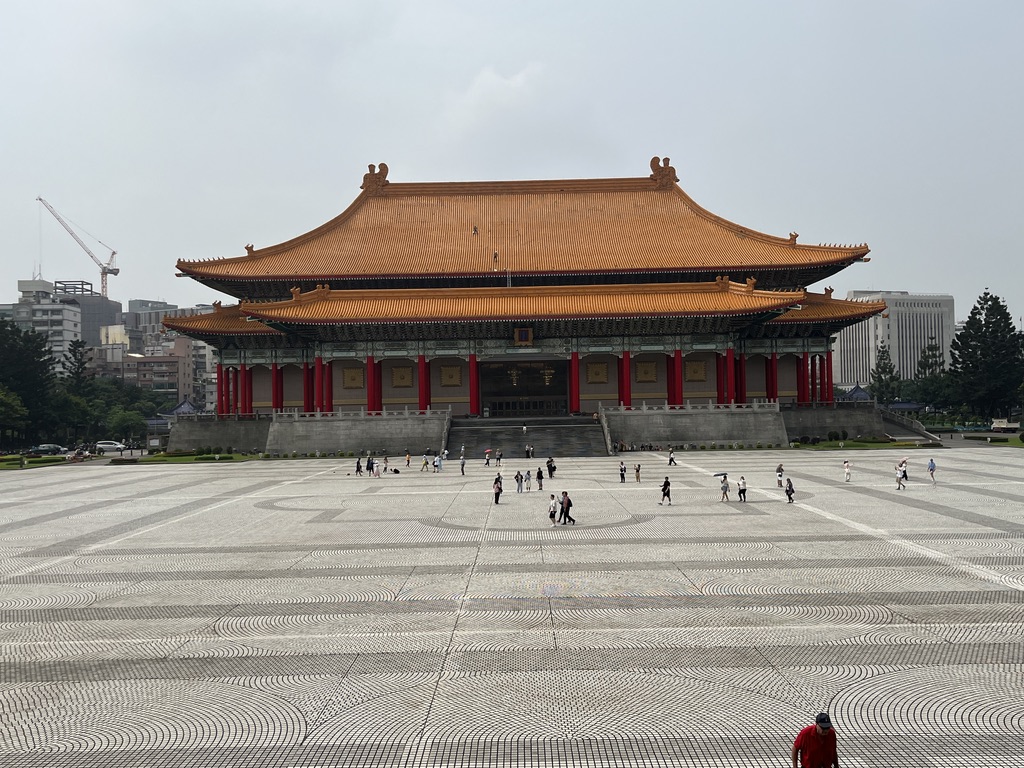
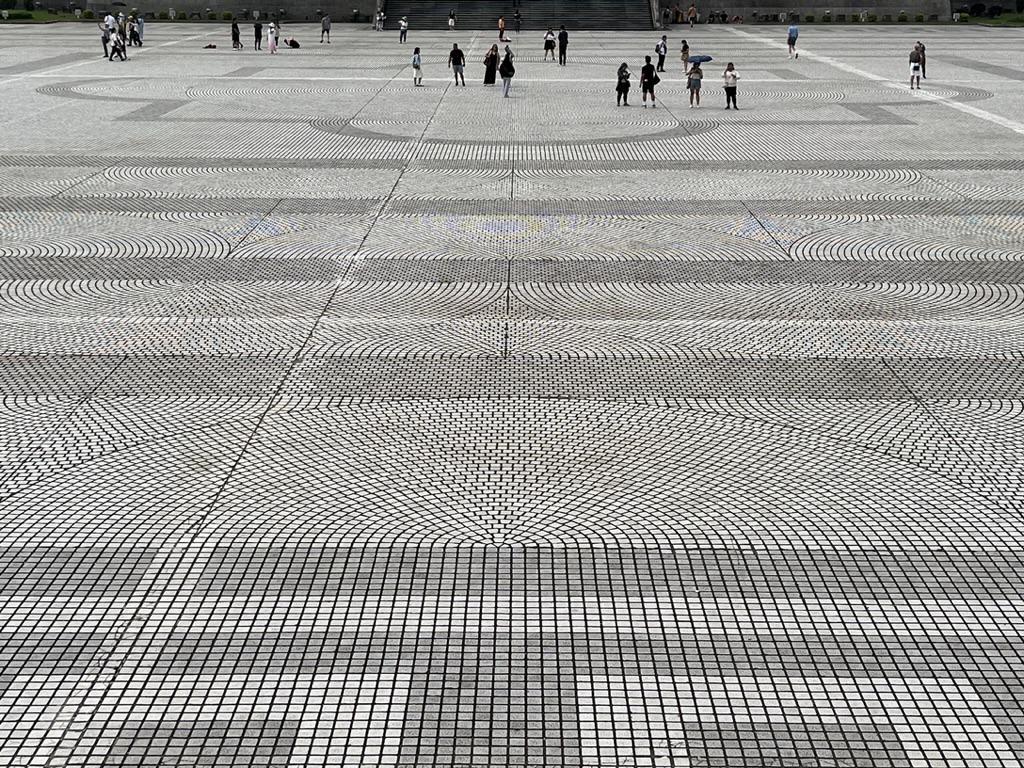
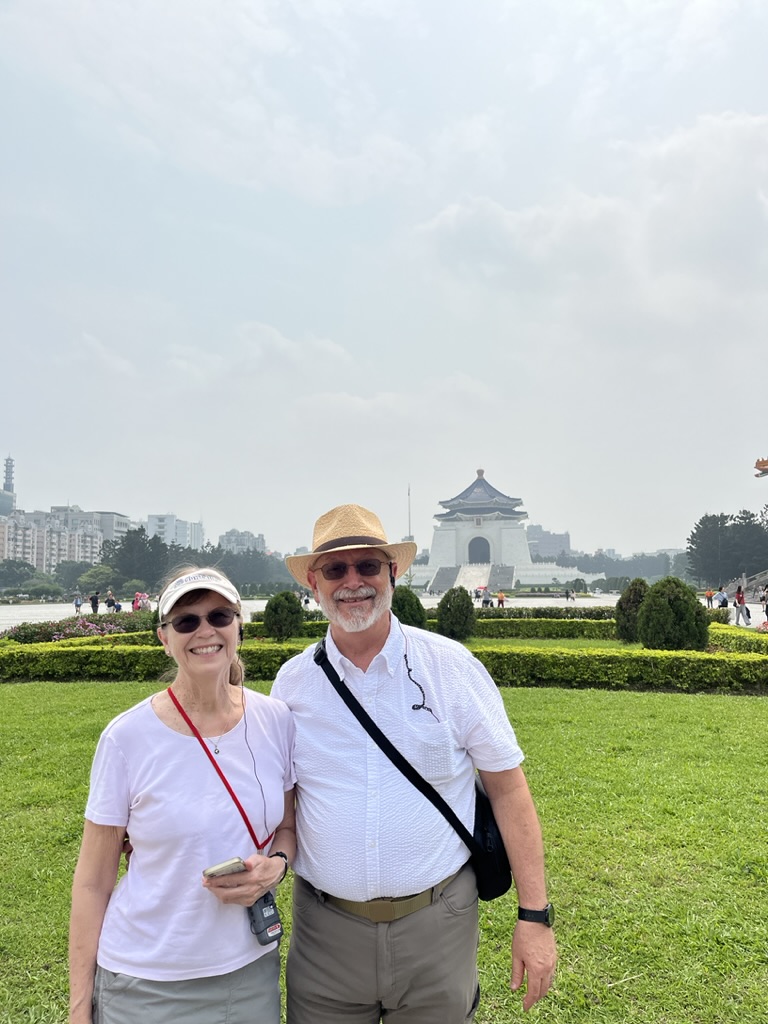
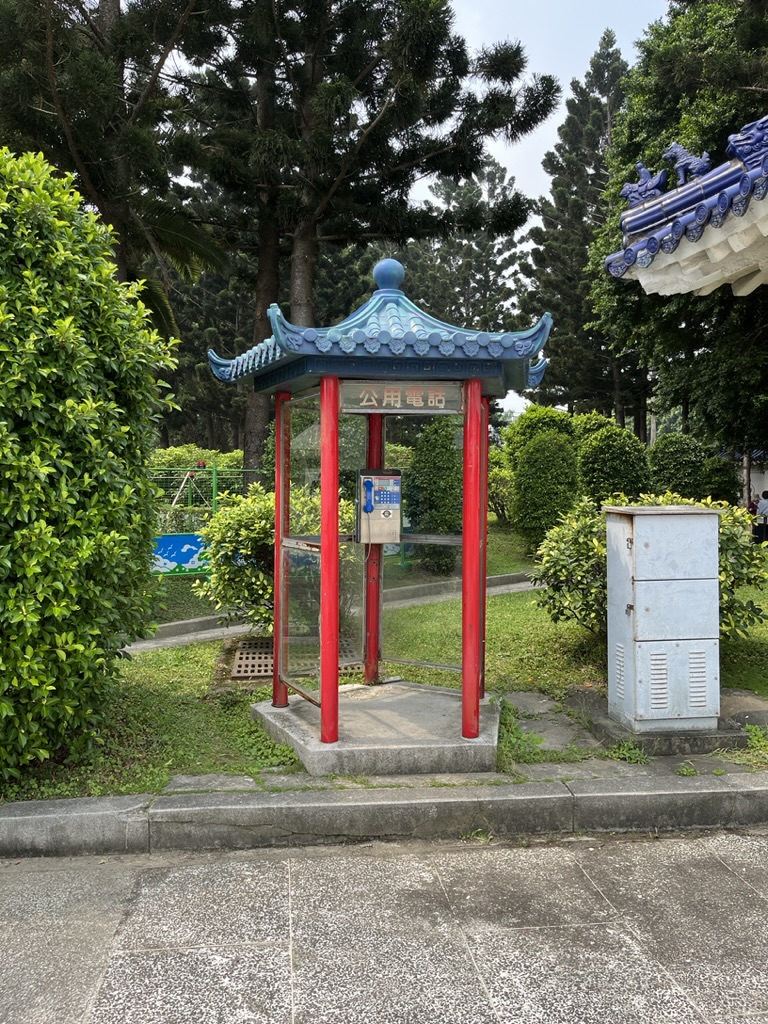
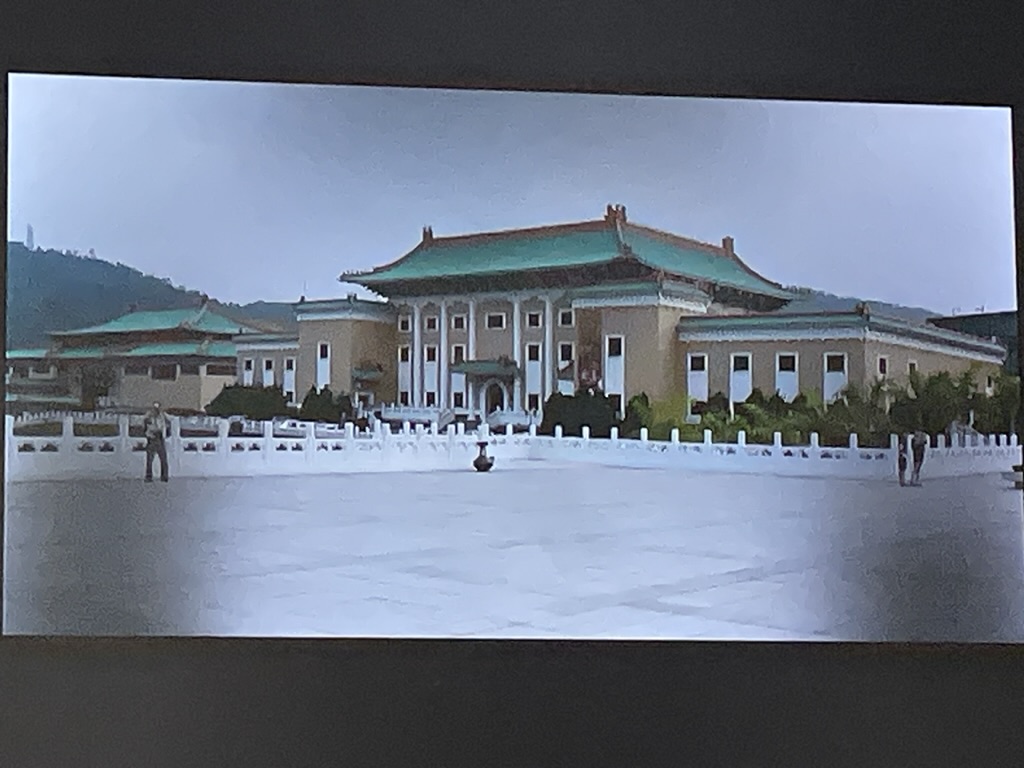
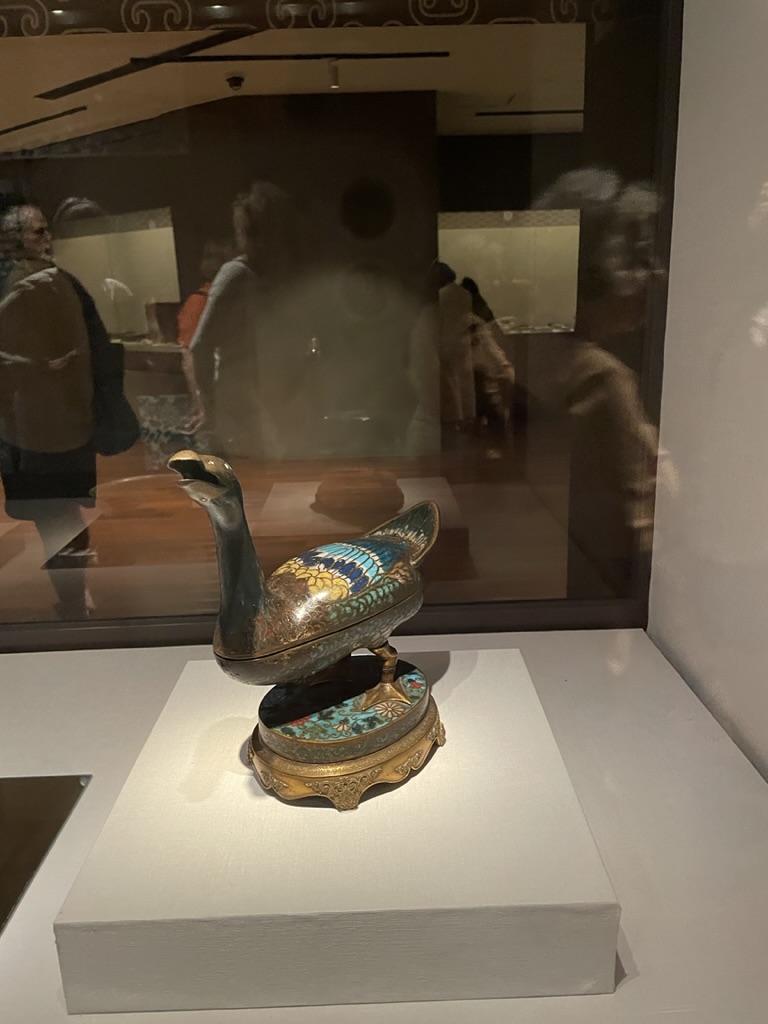
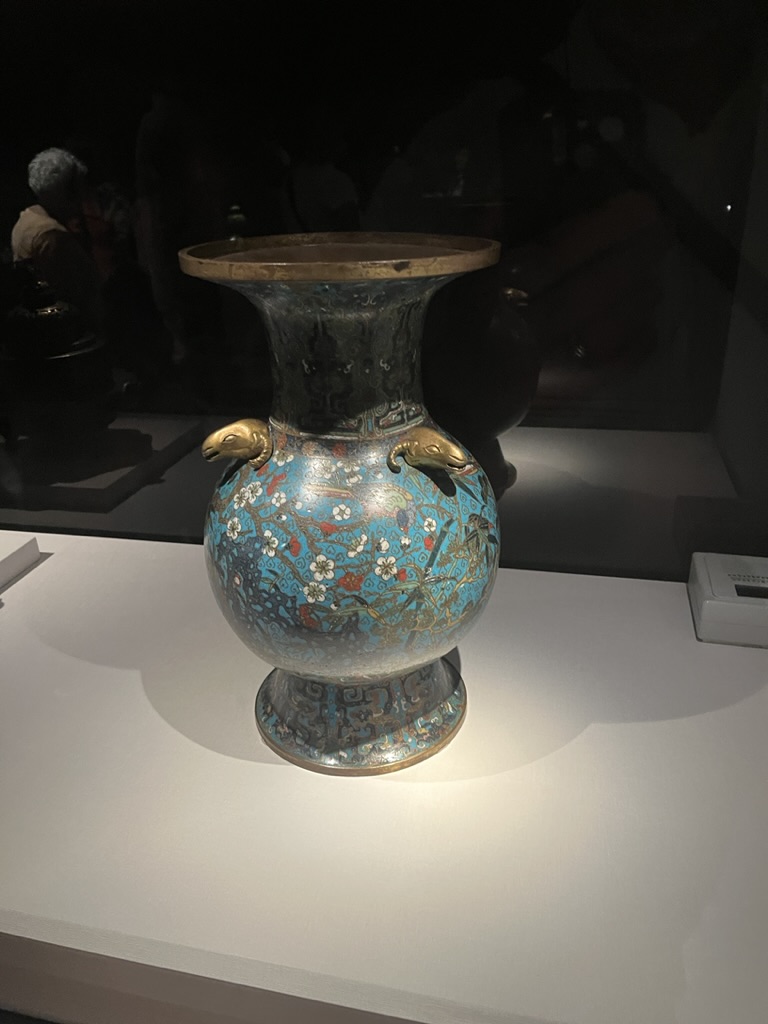
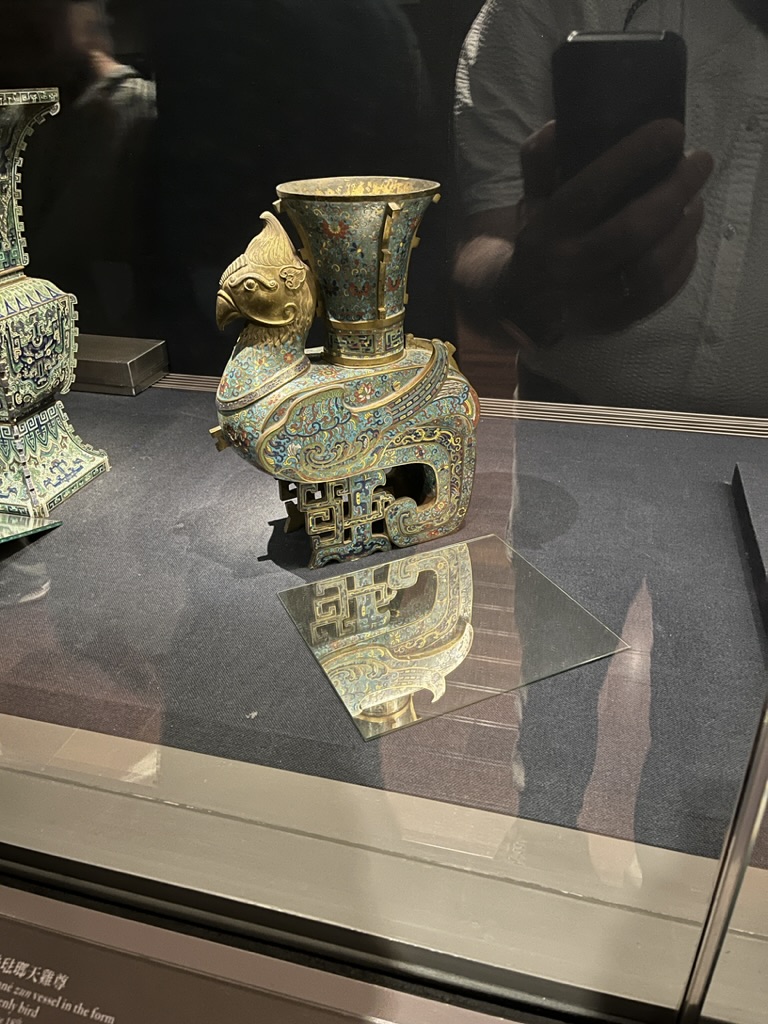
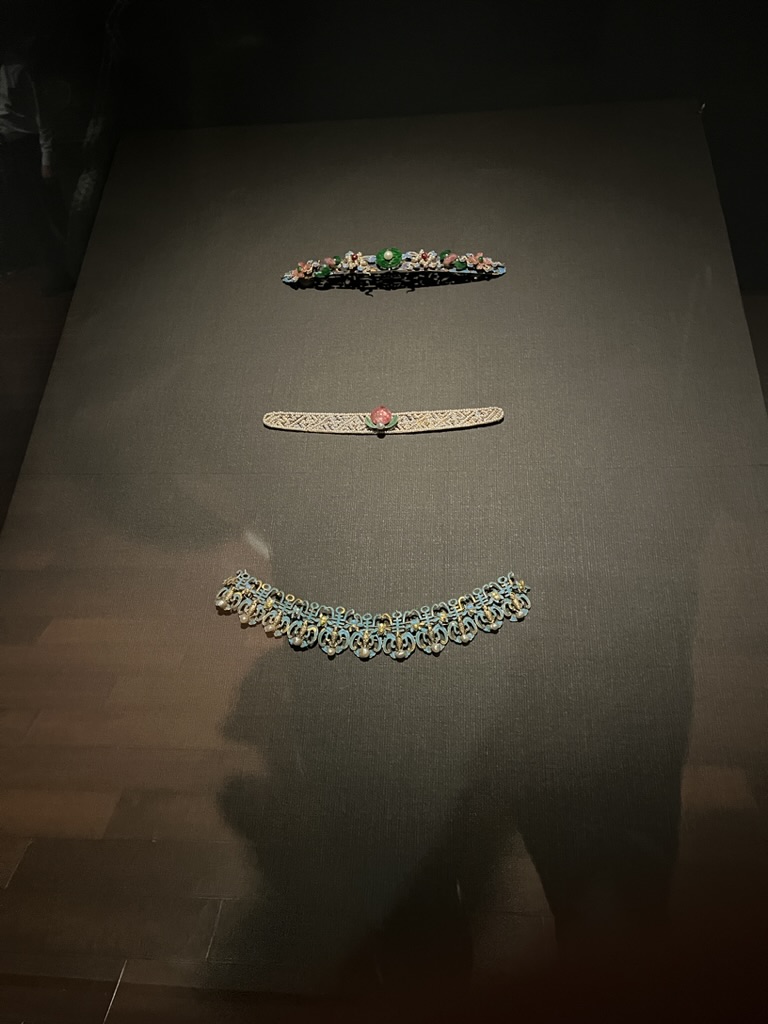
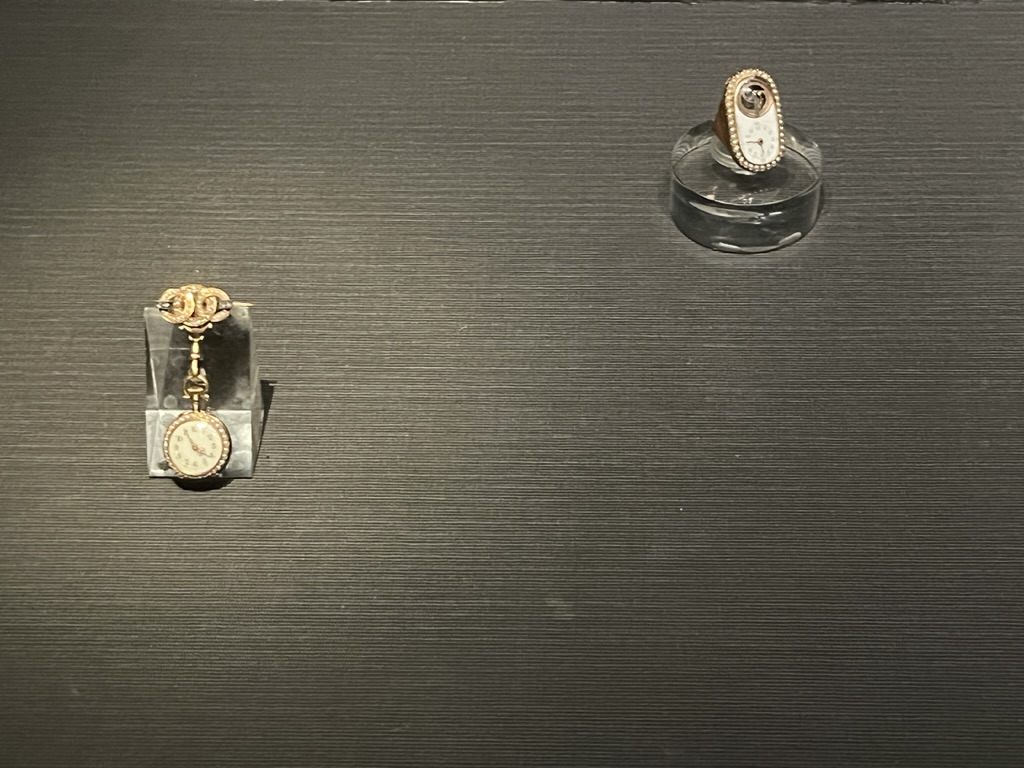
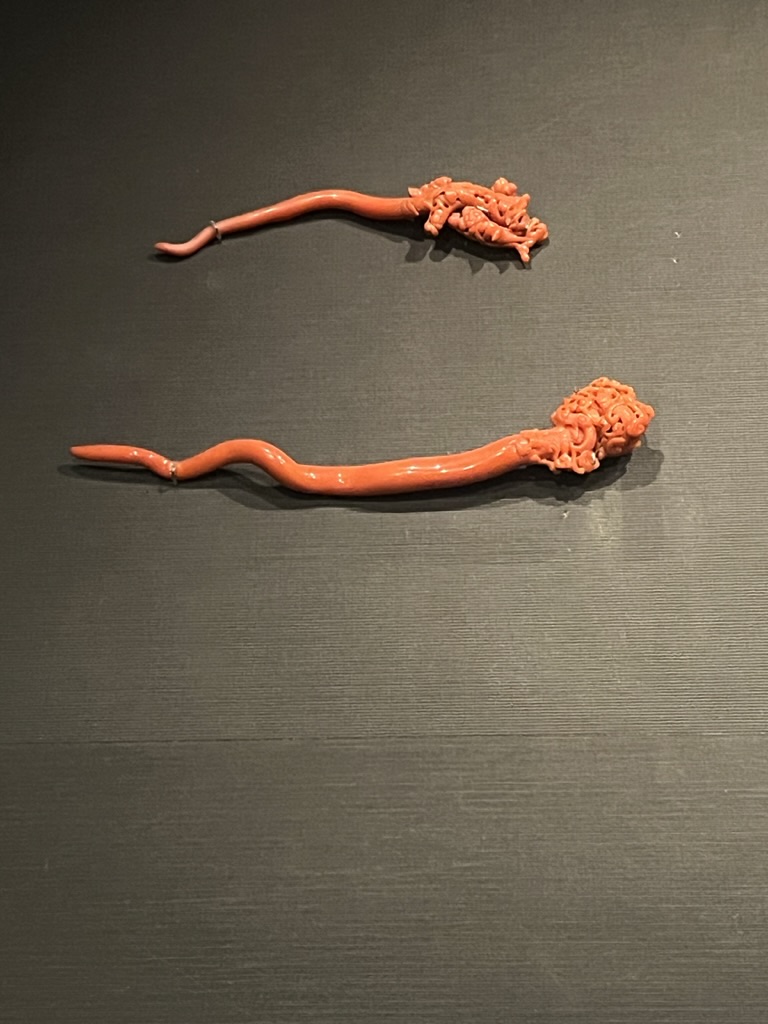
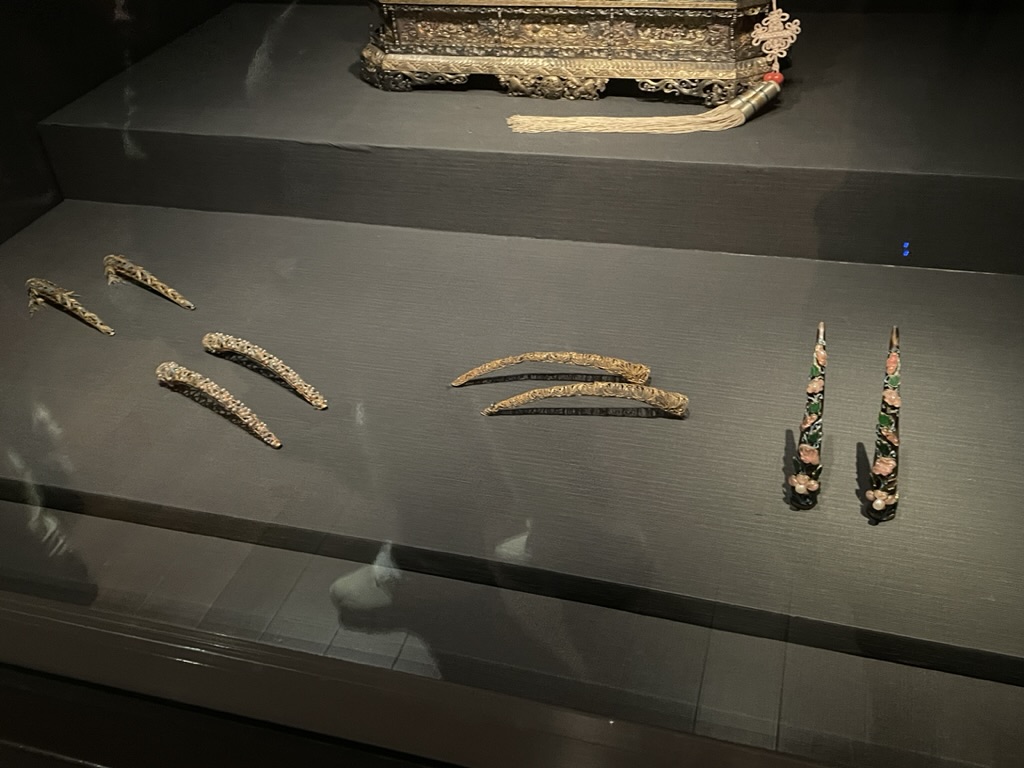
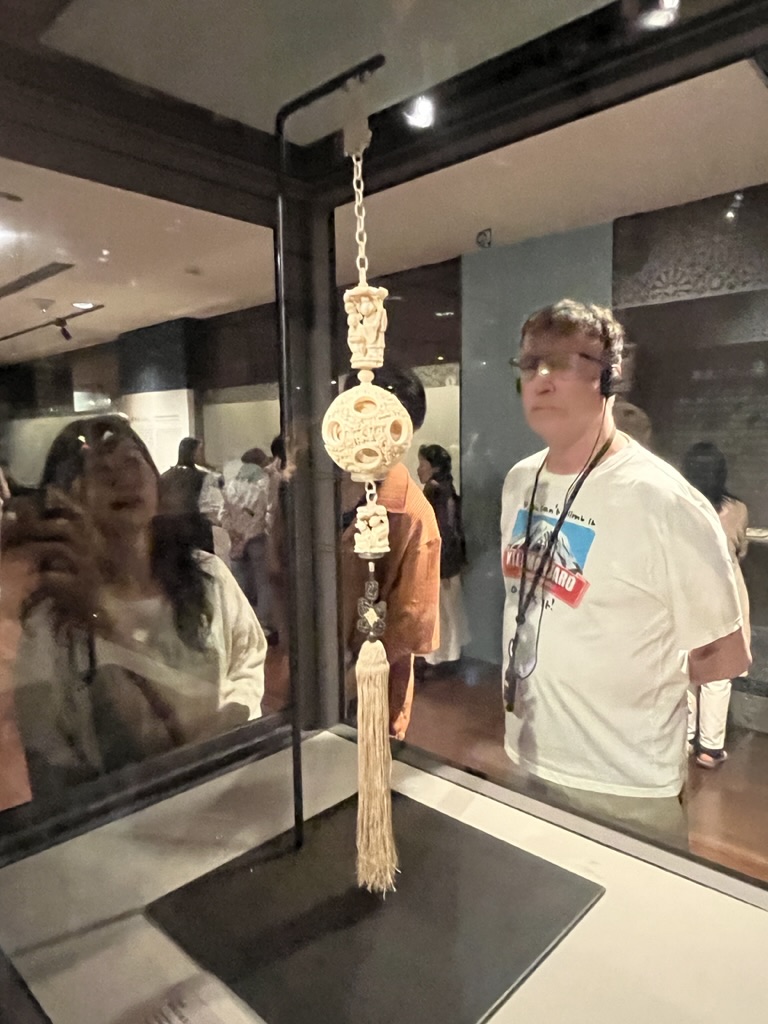
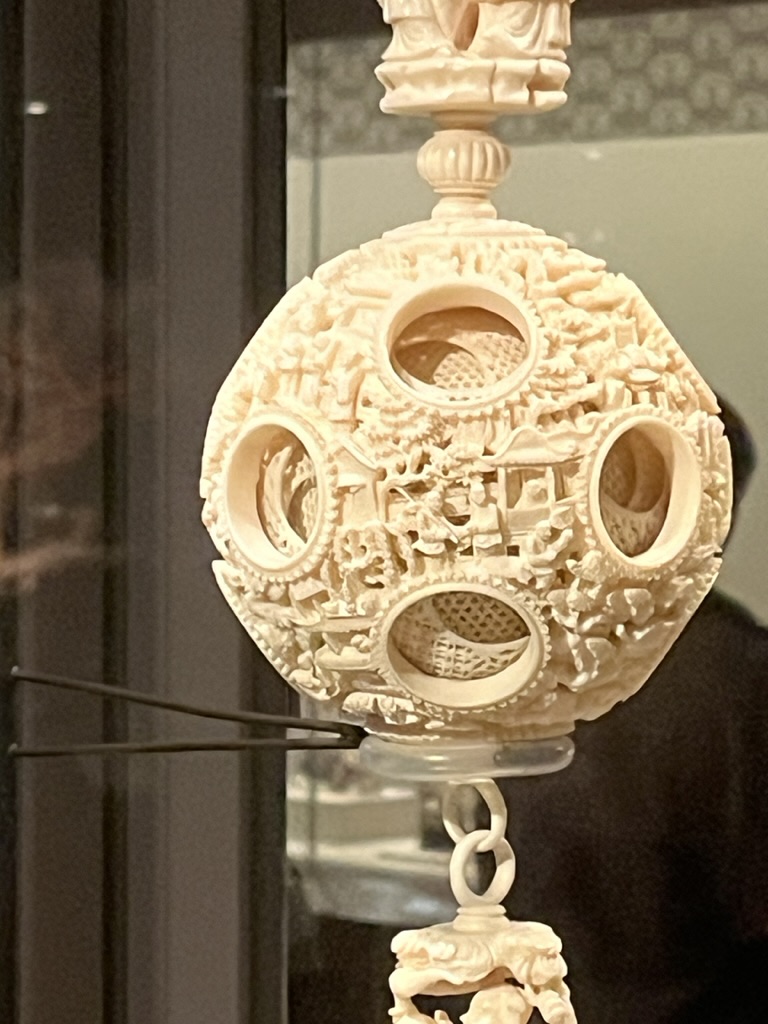
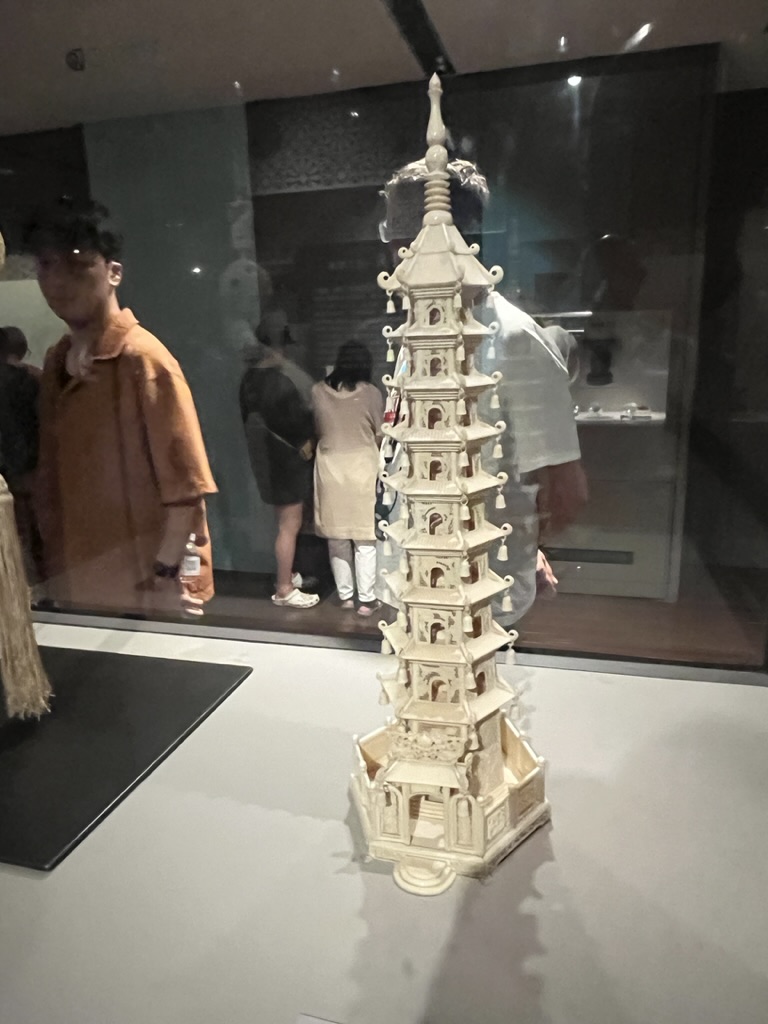
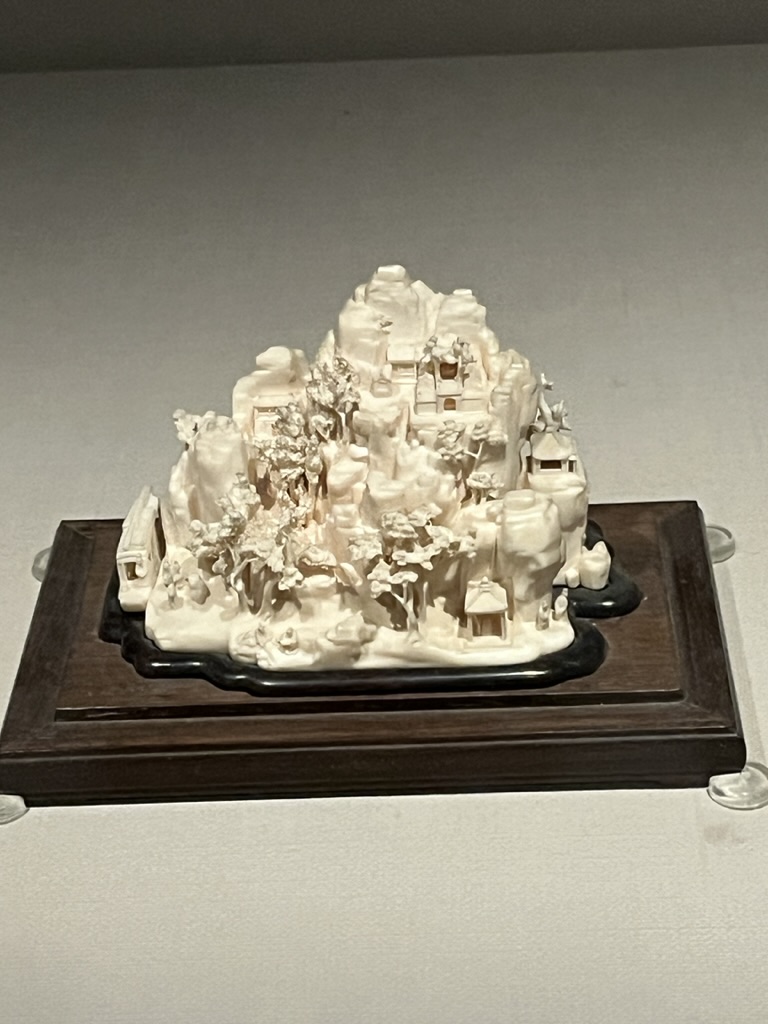
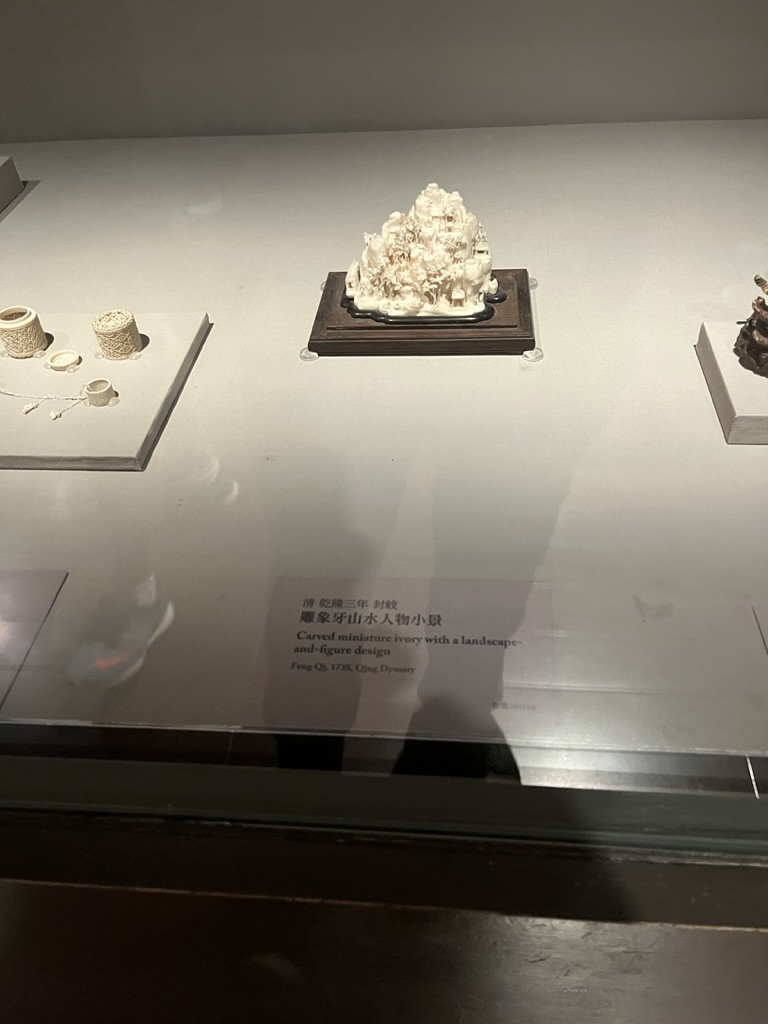
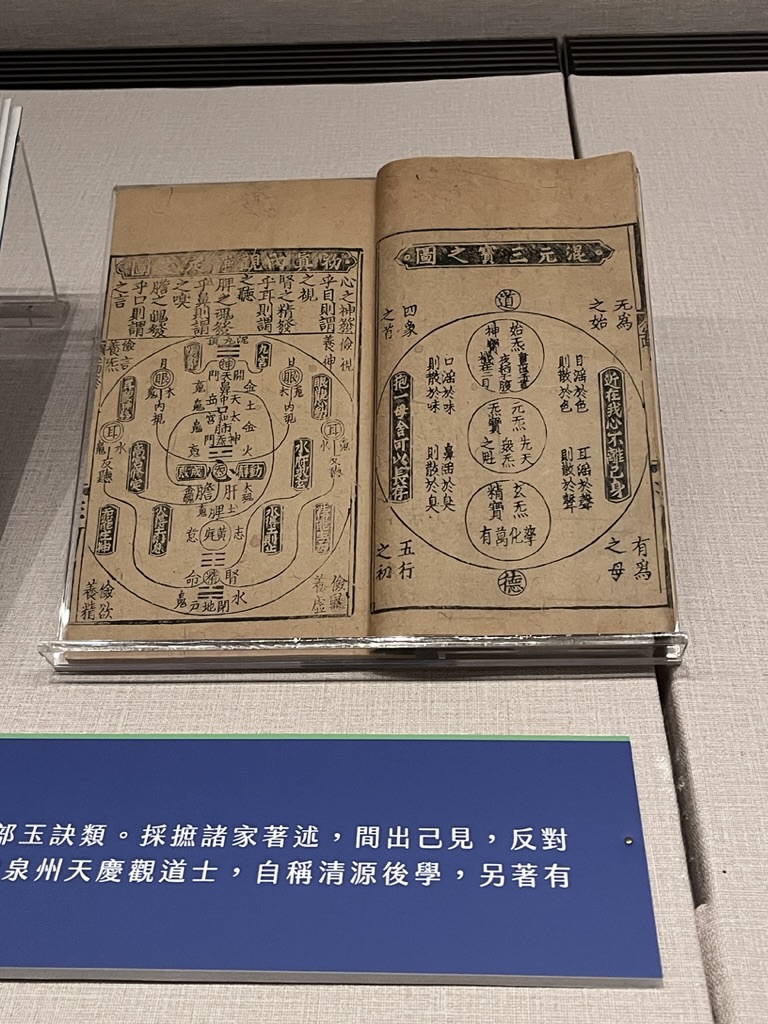
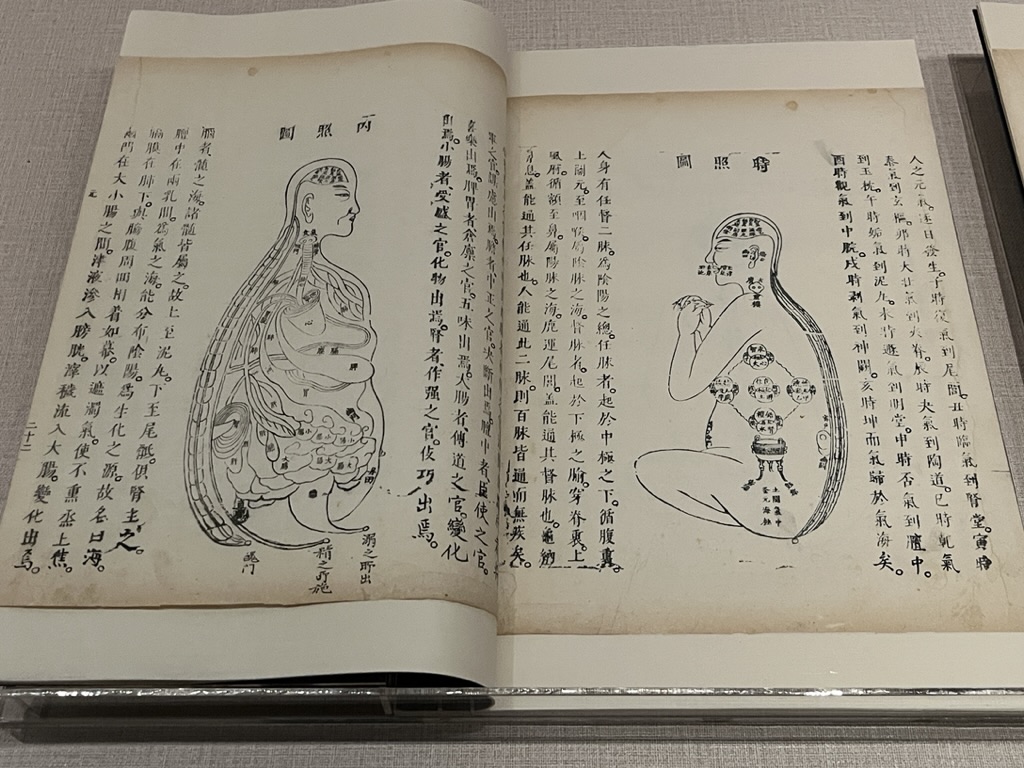
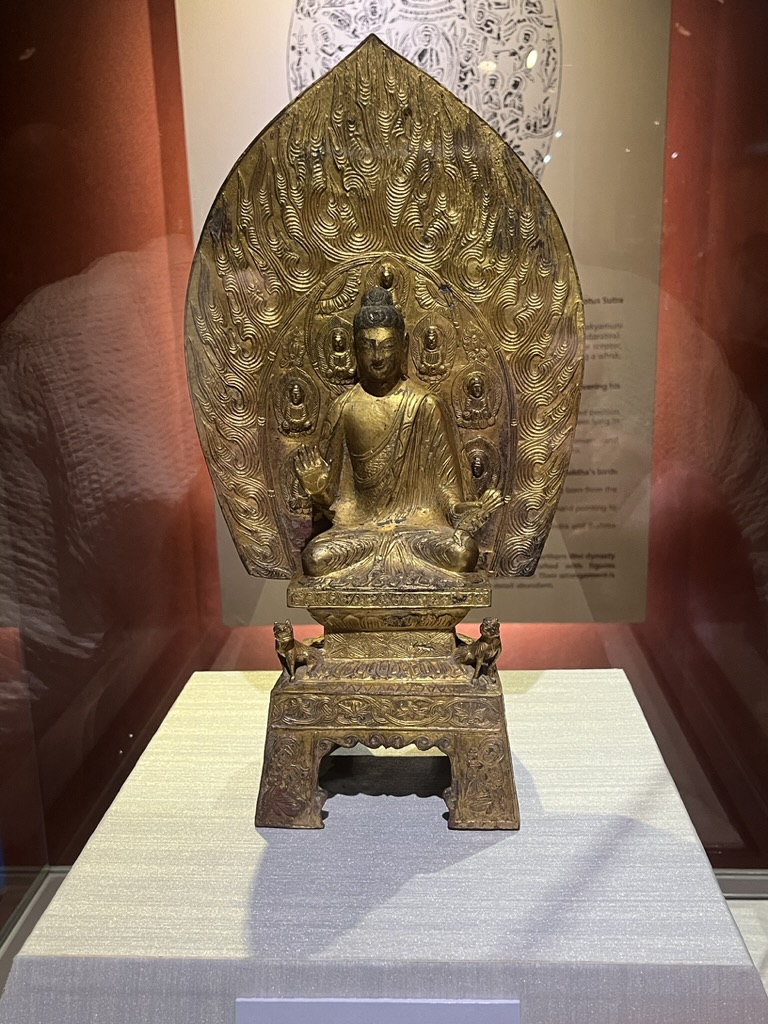
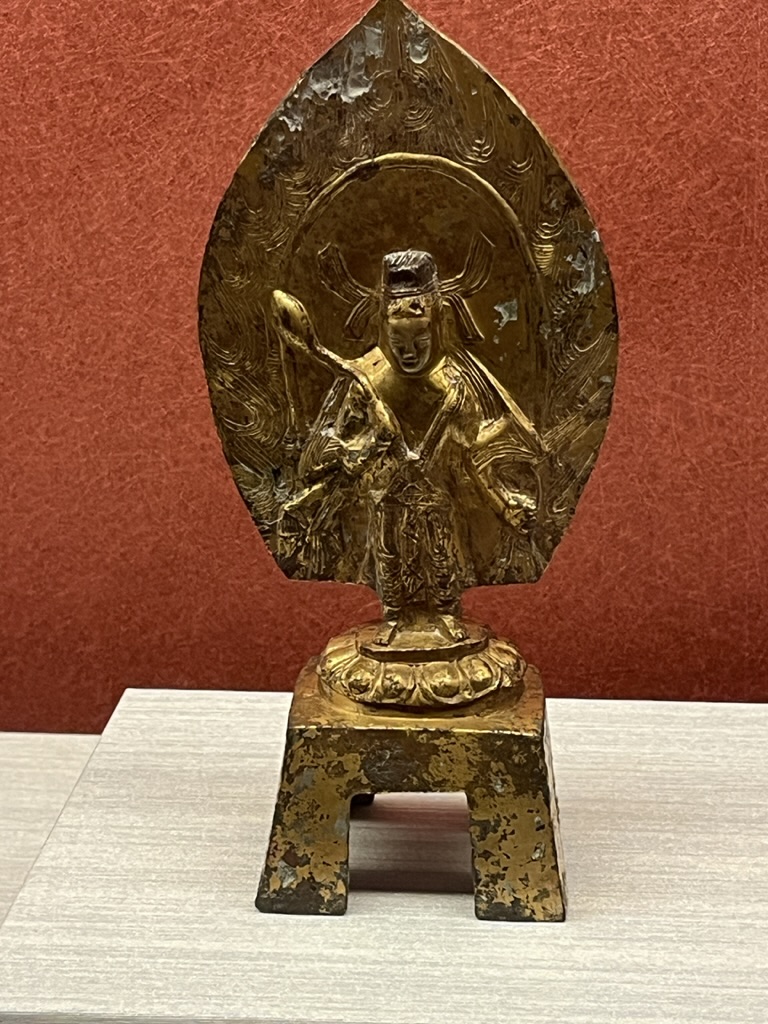
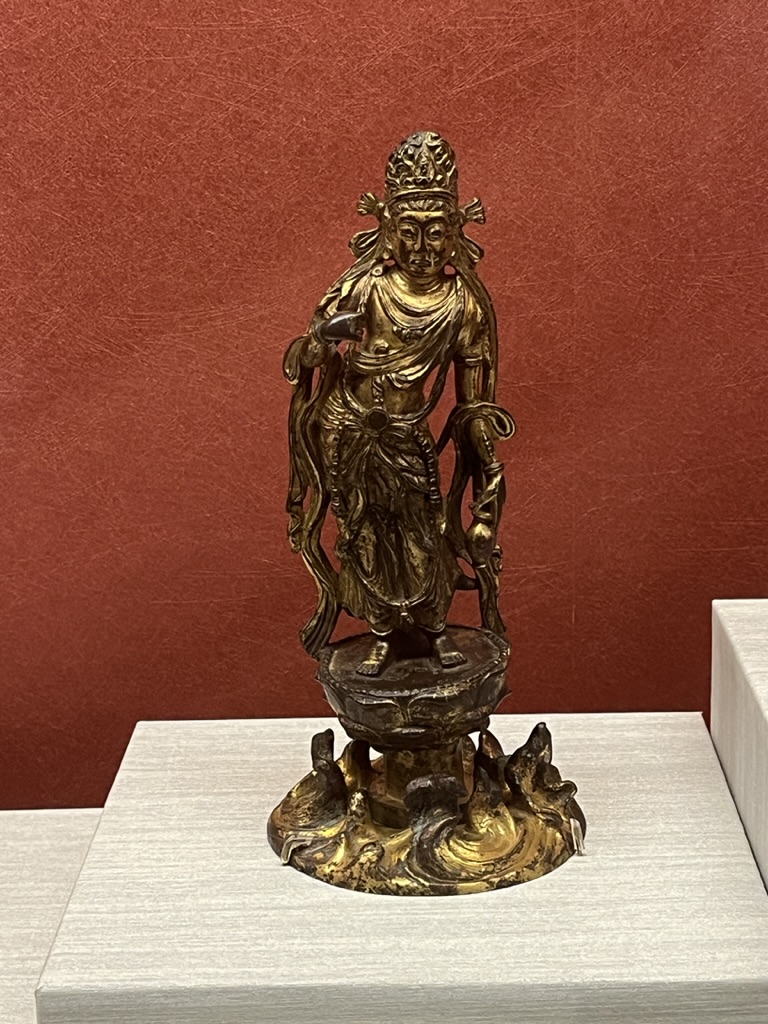
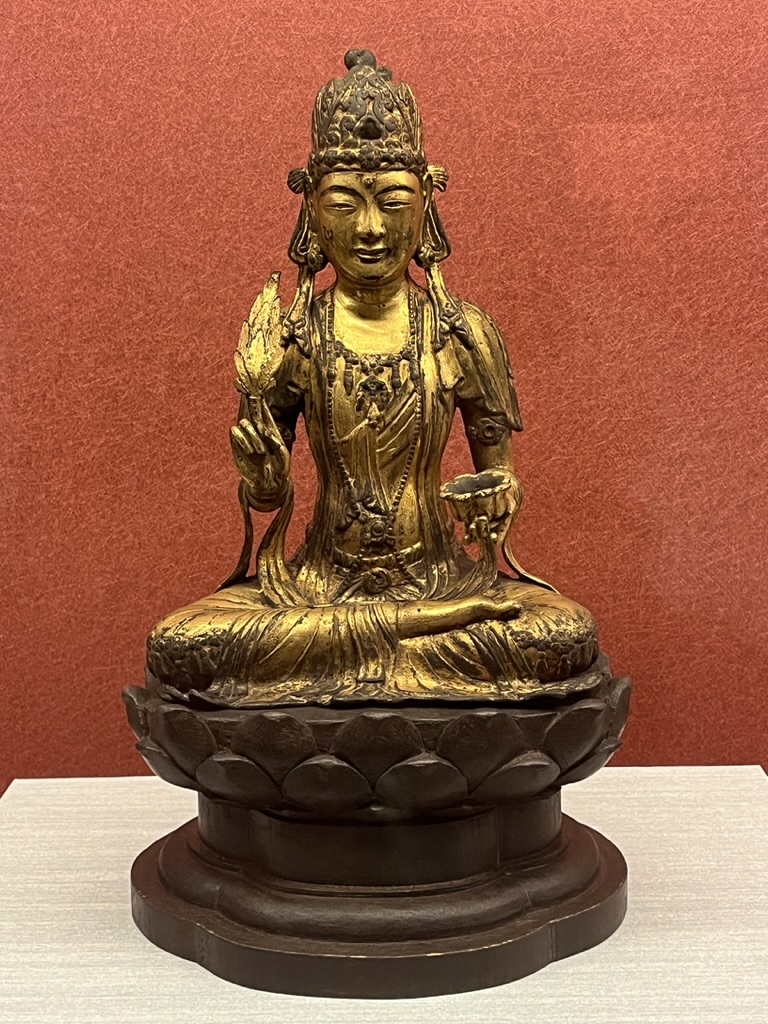
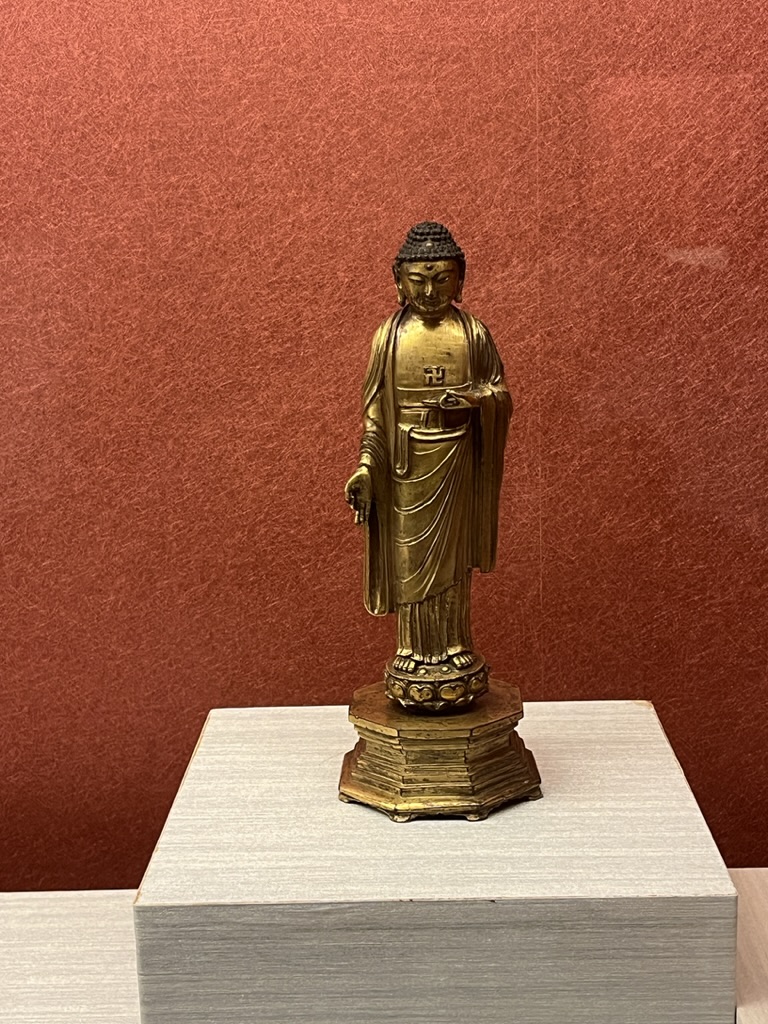
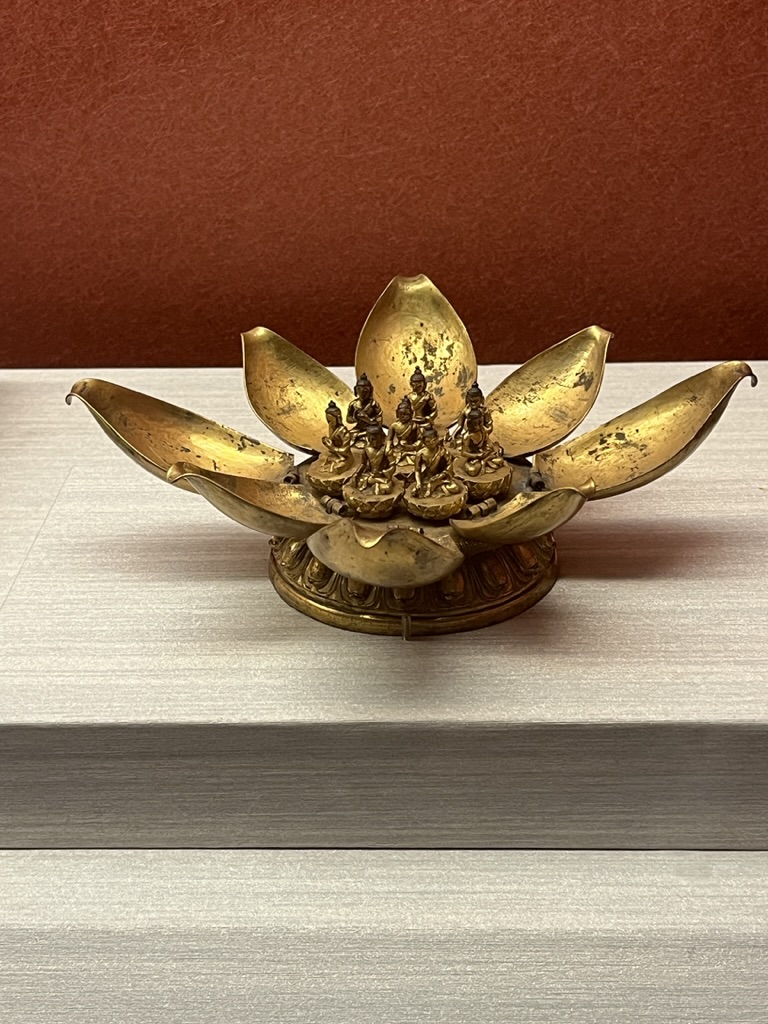
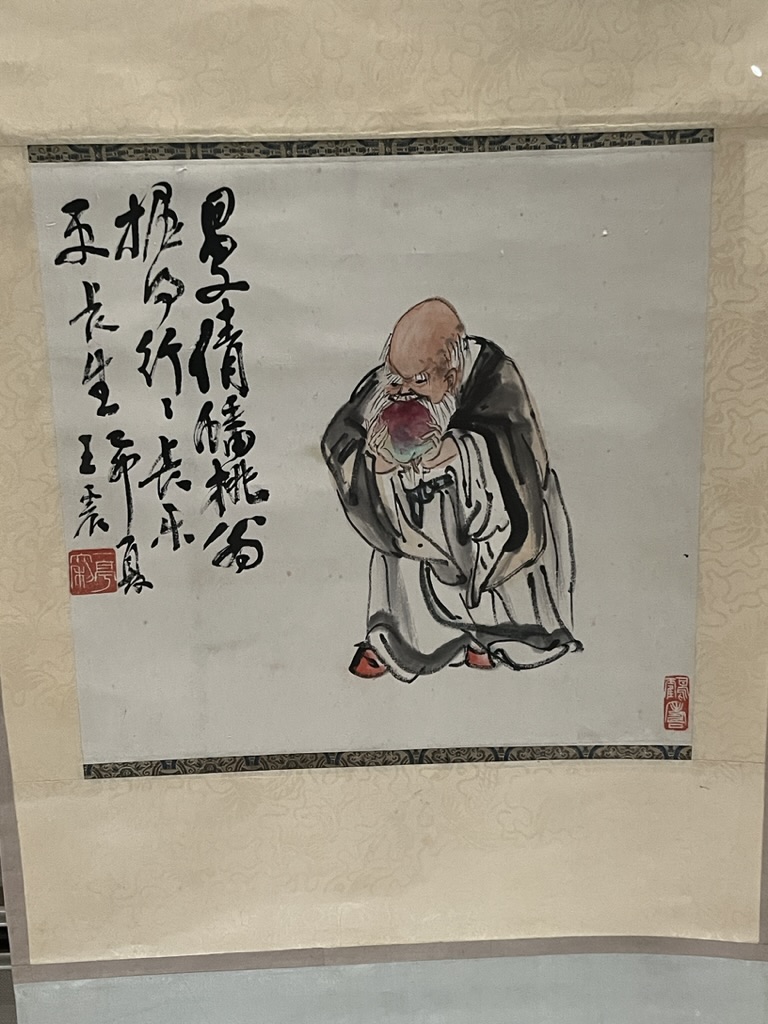
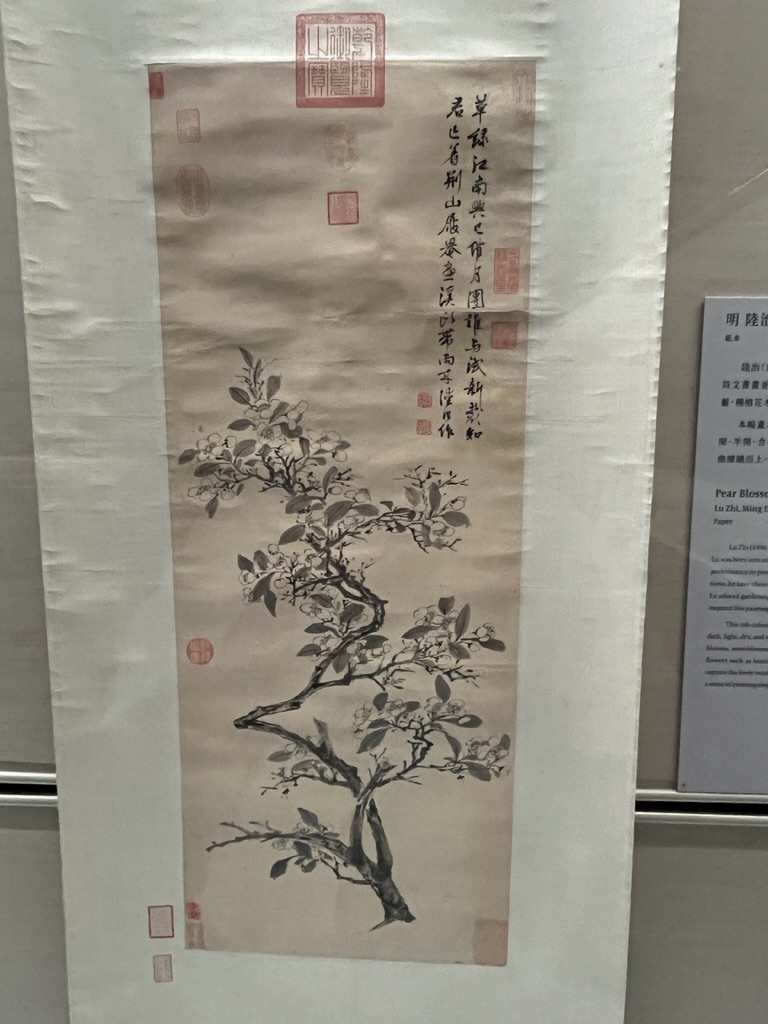
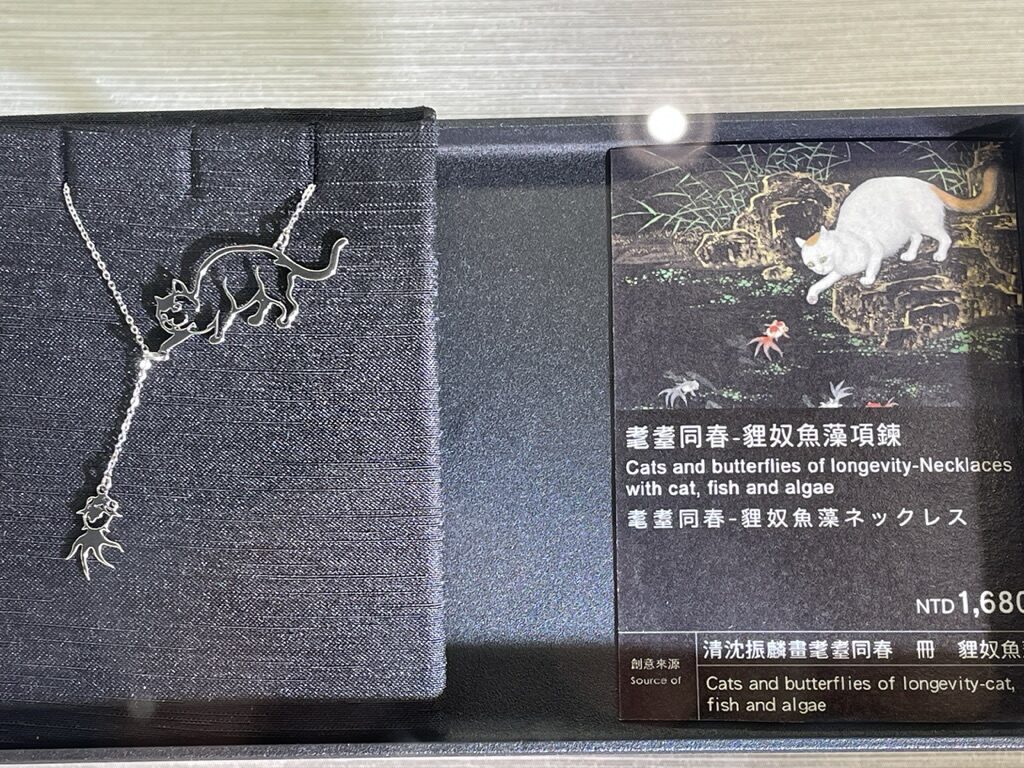
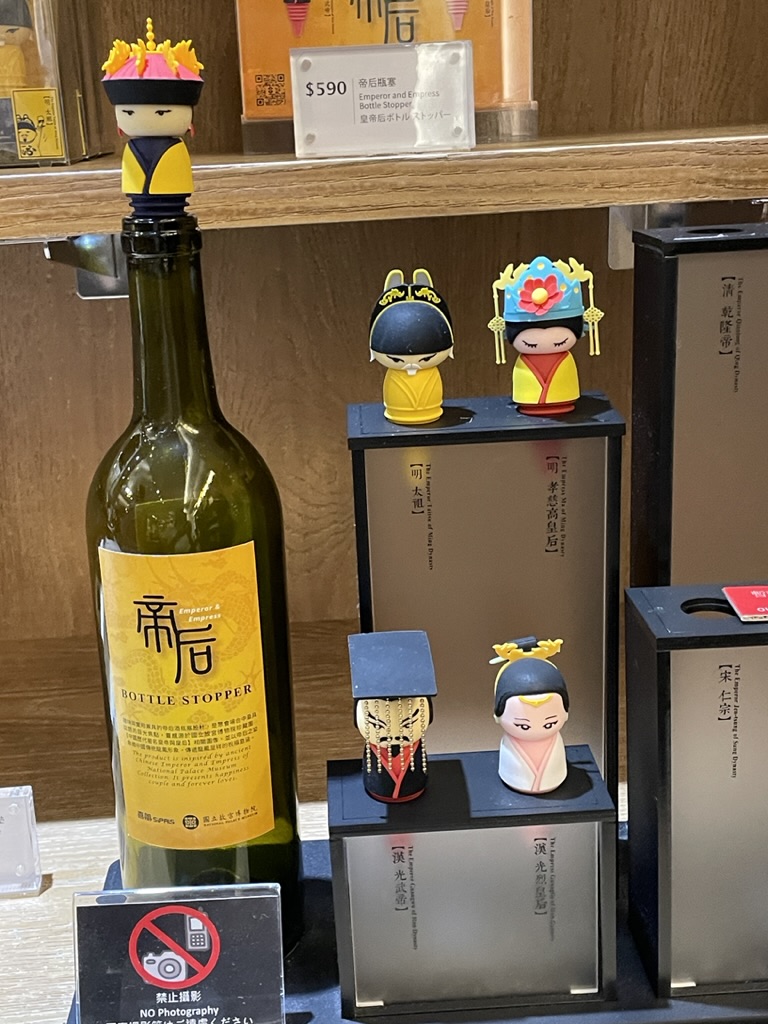
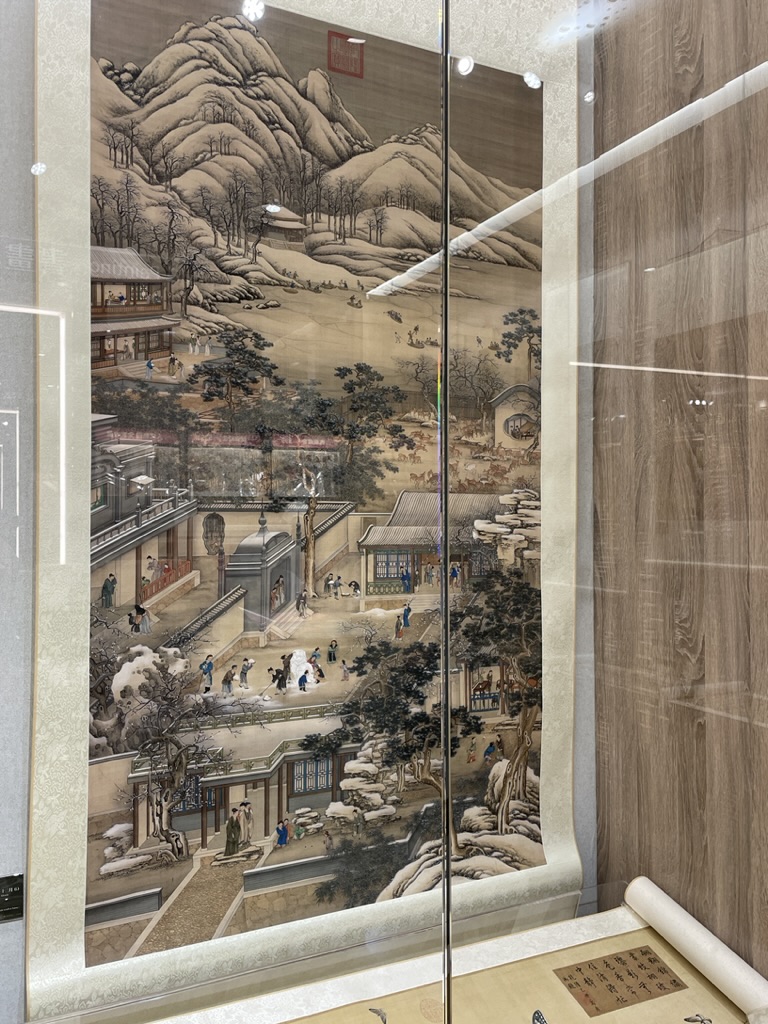
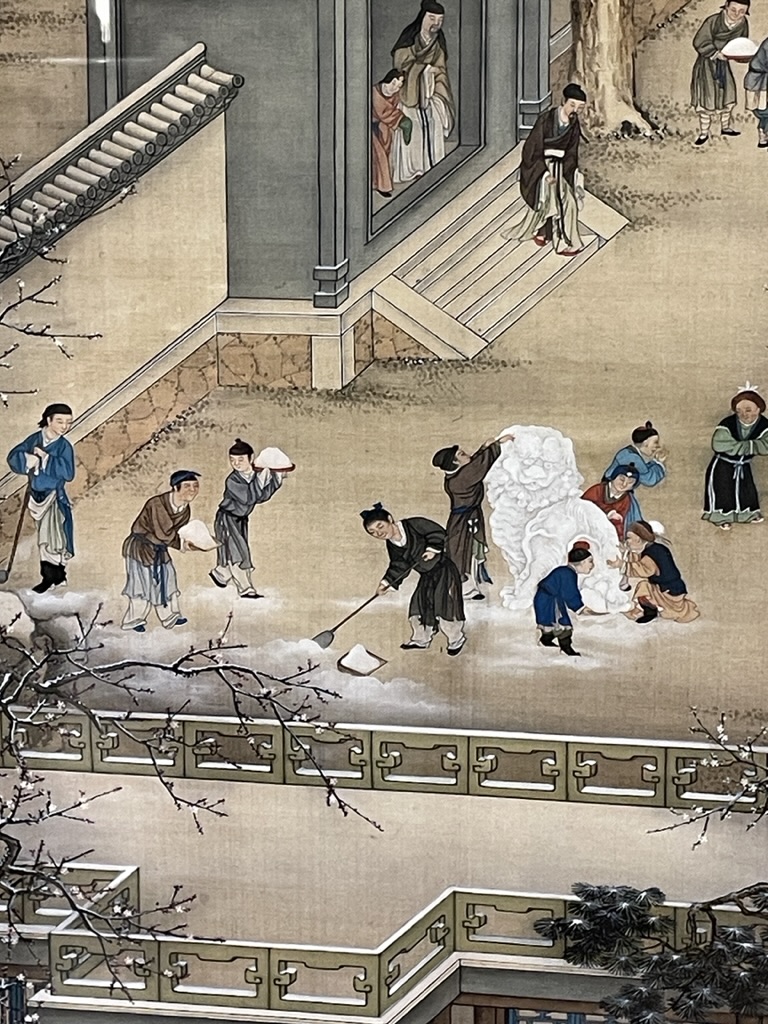
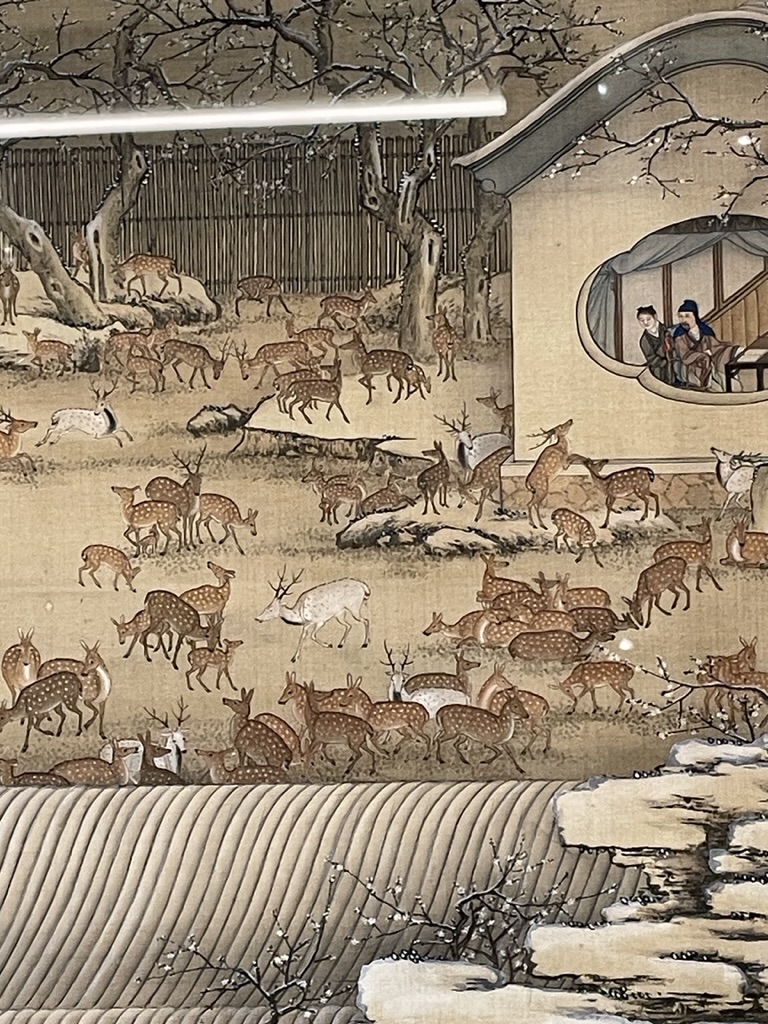
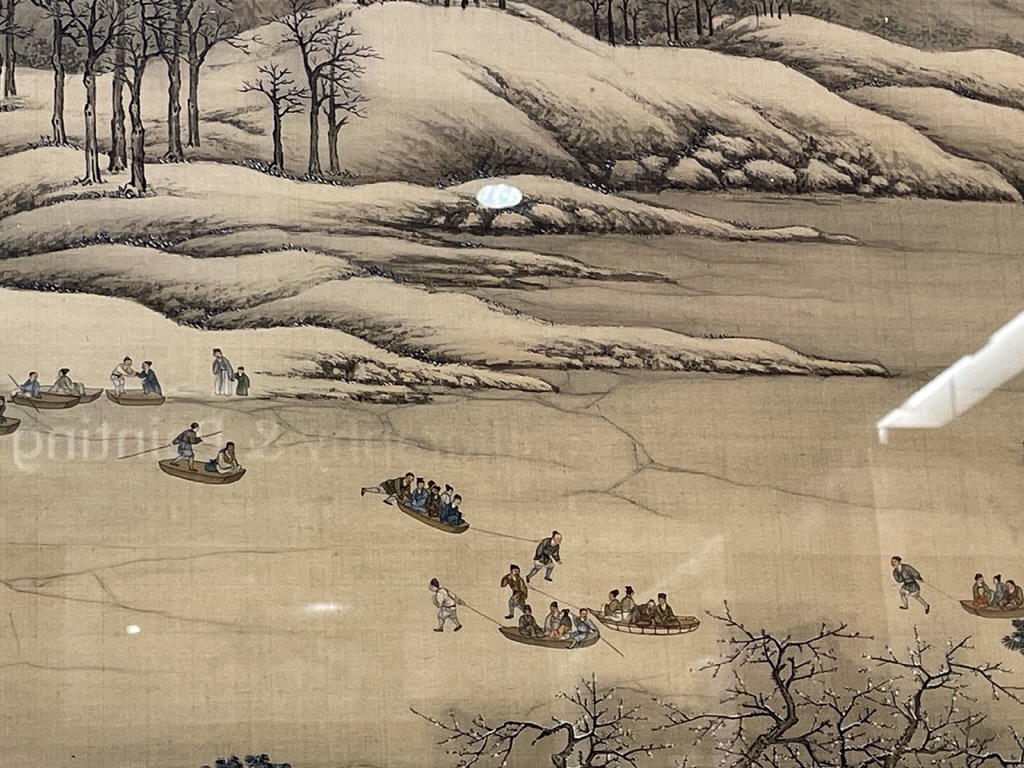
I don’t think that is a Phoenix on the police building, I’m thinking it’s a pigeon and it is leaving its mark ……….